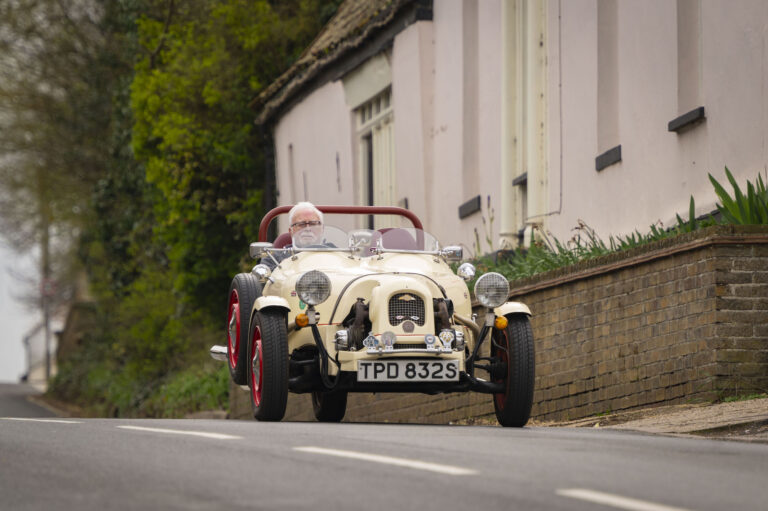To a rally fan in the early 1980s, the Talbot Sunbeam Lotus was just about the most exciting little hatch on four wheels.
Engineered by the team at Hethel, who squeezed a 2.2-litre engine into a car weighing less than a tonne, the Sunbeam signalled its arrival by winning the 1980 RAC Rally, taking the constructors world title the following year.
Paul Collins, an enthusiastic amateur road rally competitor, was just such a fan, and when the chance to buy a trademark black and silver example came up in 1982, he didn’t hesitate.
The fact that MAC 700V wasn’t just any old Sunbeam, but an ex-works hack used by team boss Des O’Dell, somewhat sweetened the pill of shelling out £4,500 – several months salary at the time.
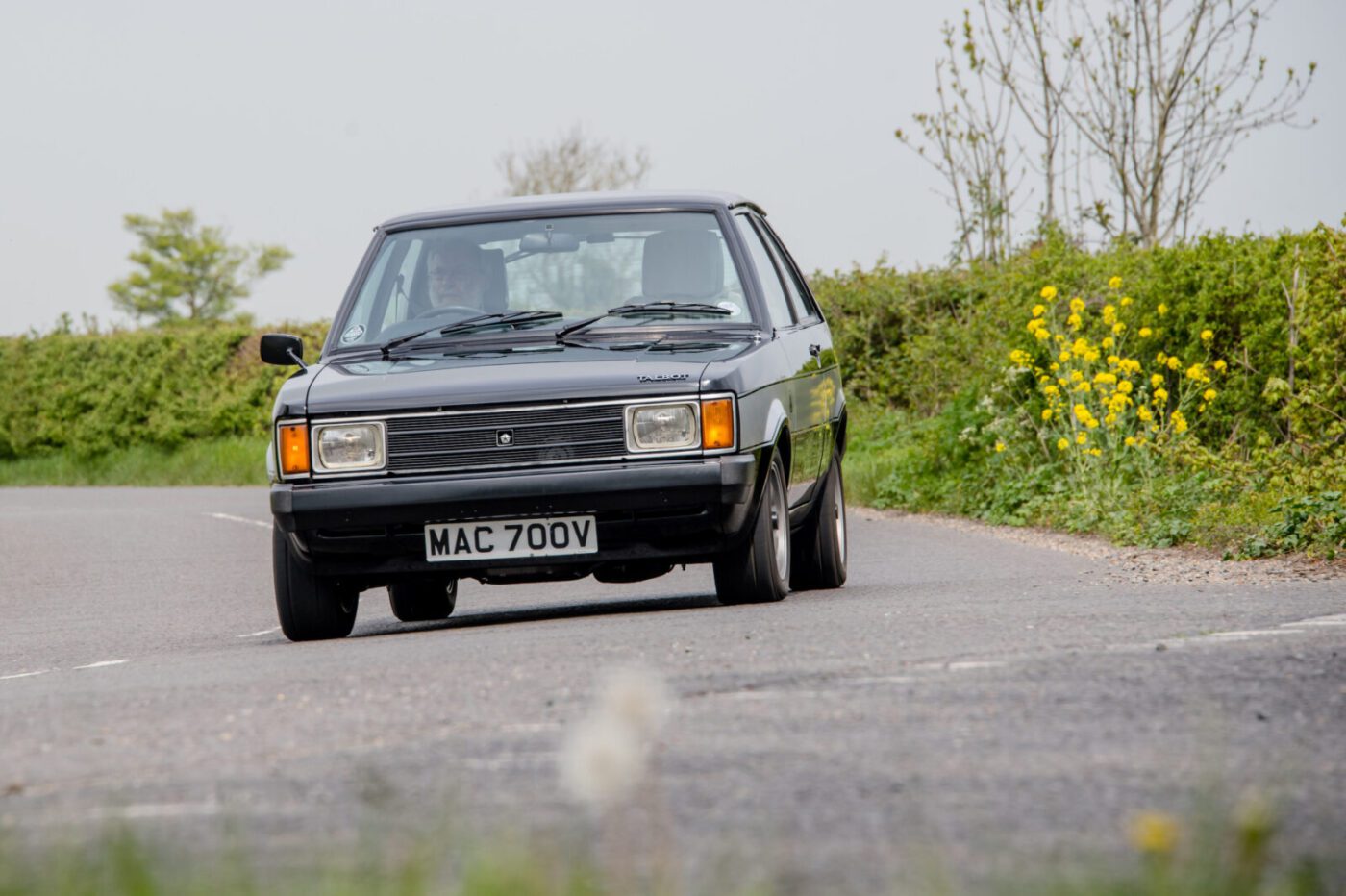
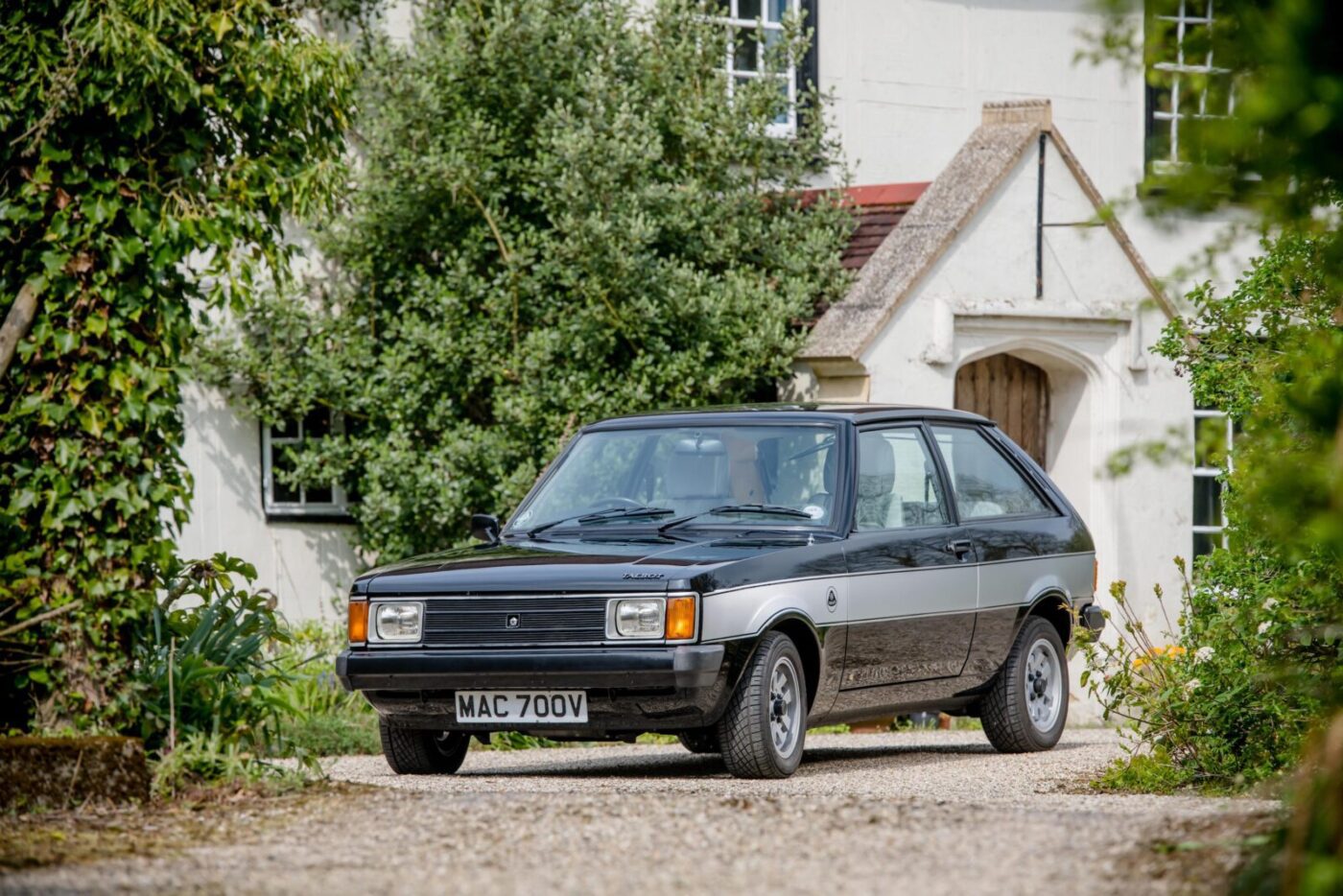
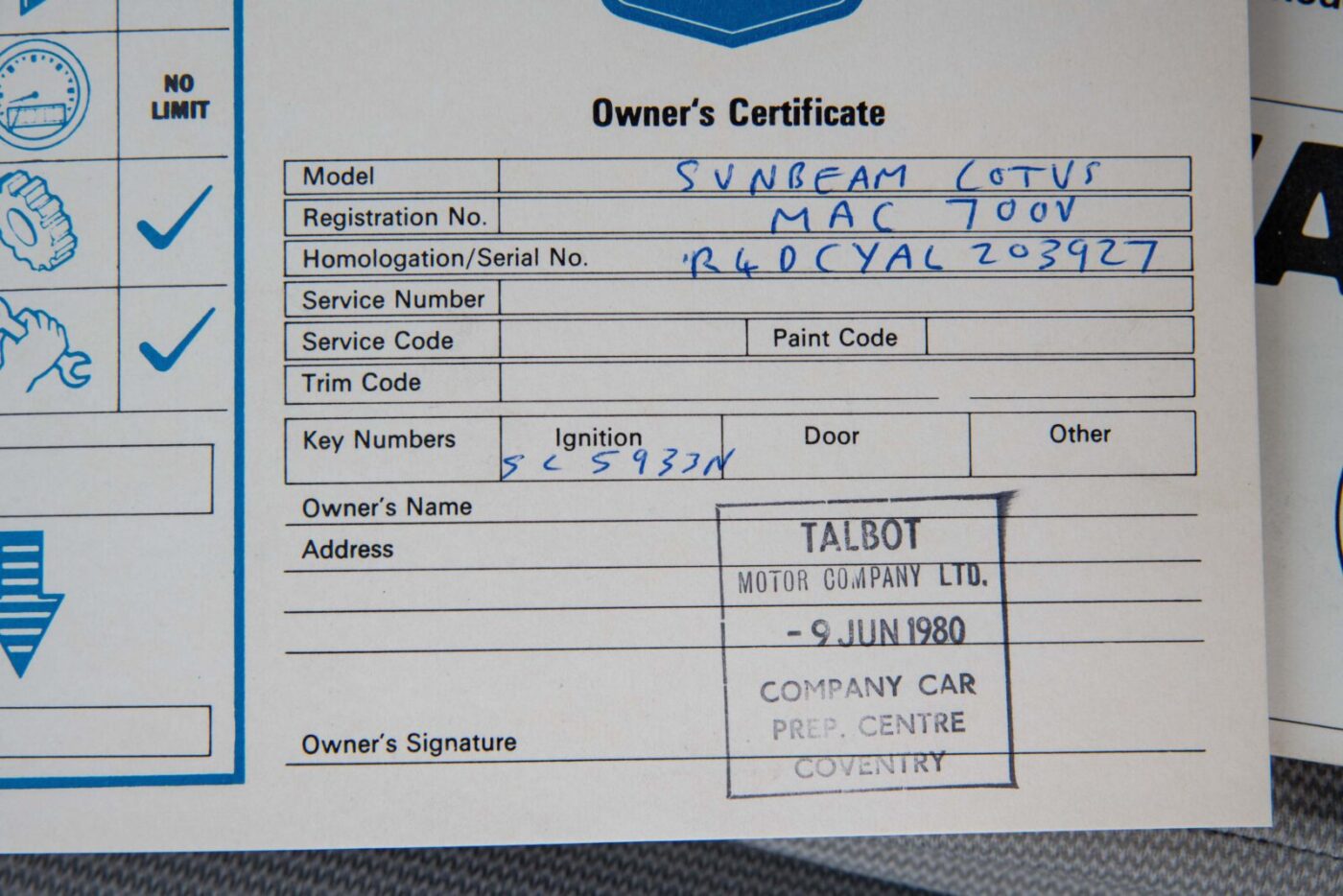
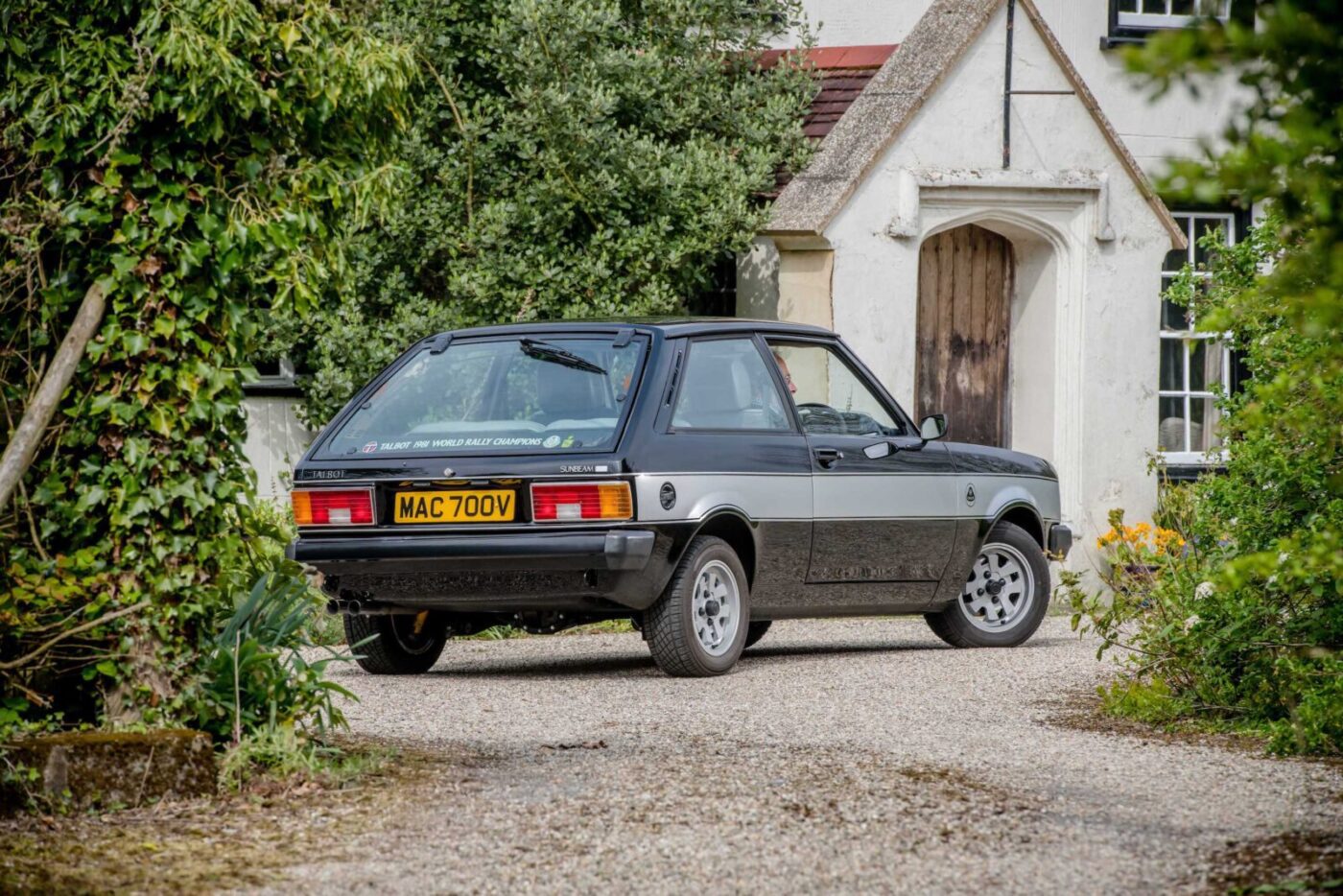
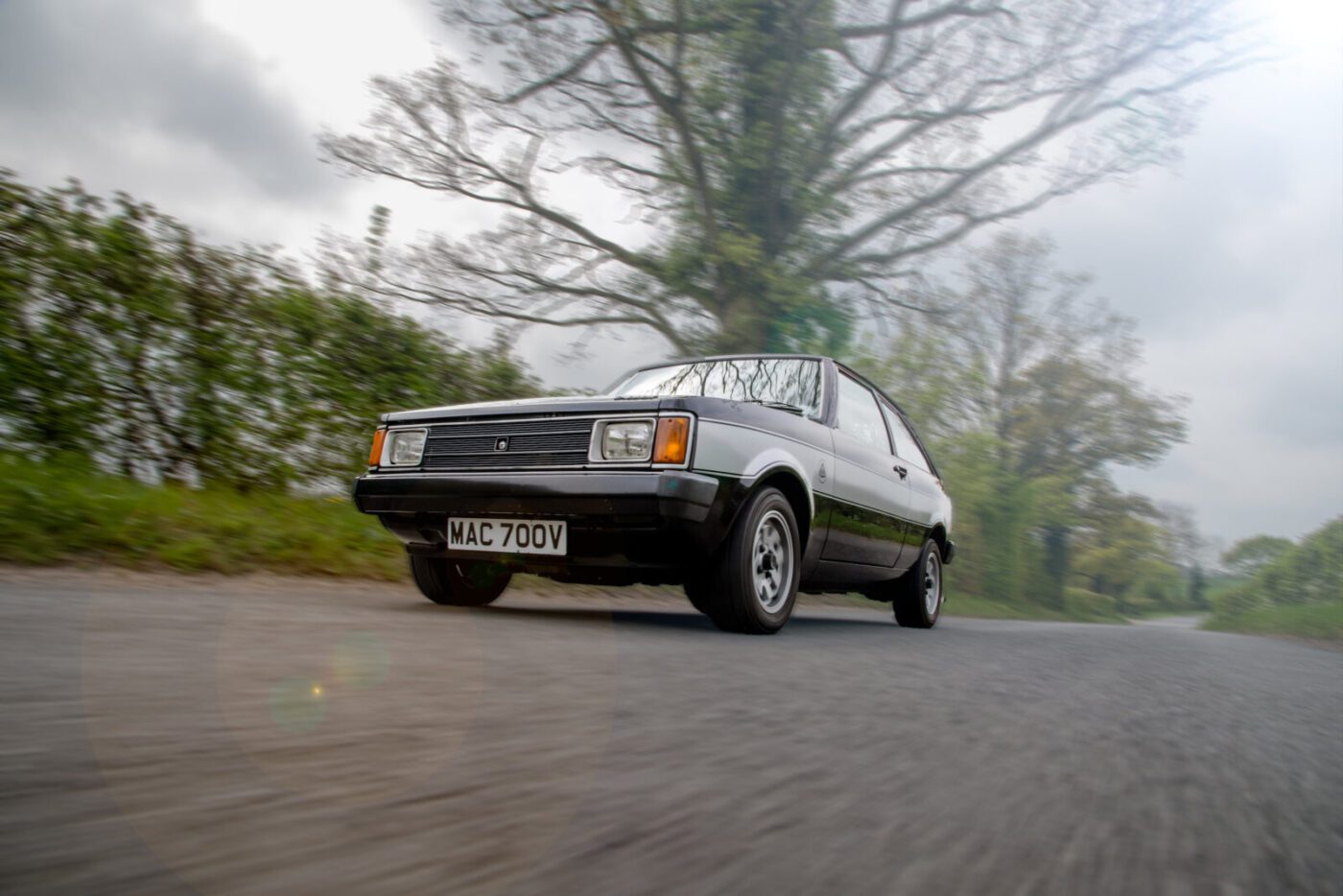
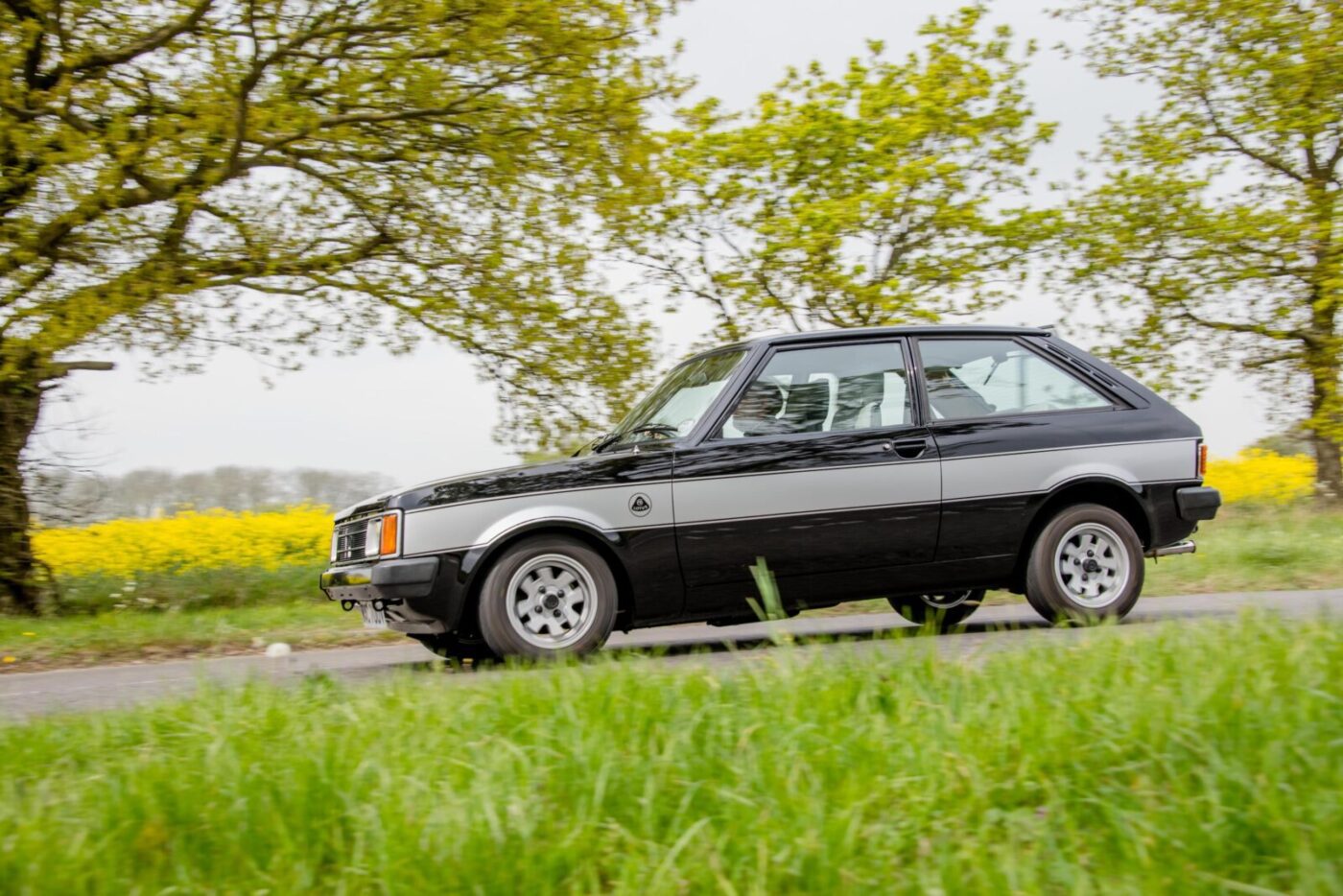
Rare survivor
Nearly four decades later, Paul’s car is one of about 90 left registered for the road – in the summer at least – from a production run of just 1,184 right hand drive examples, a rare survivor that only exists today thanks to a no-expense-spared restoration.
Following 10 years of use, the series I Sunbeam spent the best part of 25 years slowly decaying in a damp garage until a windfall about five years ago gave Paul a “now or never” chance to bring it back to life.
A car that, says Paul, “sounded fantastic and went like stink” when new, now had to be physically dragged from its tomb.
“It all came out in one piece, which was perhaps a surprise as it was very badly corroded and pretty ropey,” he adds, admiring the job done by restorers DLF Classic Cars, based near Woodbridge in Suffolk.
“I’m absolutely delighted with it. It’s just fabulous. Occasionally I think I could have done with it costing 25 per cent less and being 50 per cent not quite as good! But they’ve done a fabulous job.
“I stopped counting after a while, once it got over five figures. I think Jennie (Paul’s wife) realises how important it is to me.
READ MORE ABOUT SOME OF OUR GREATEST CLASSIC CARS WITH

A series of articles on our Cult Classics site.
Historically significant
“And not just to me, it’s the importance of the car, having been part of the works rally team. It’s a historically significant car. It was a lot of money, but it’s important to keep it going.”
After growing up in Sussex, Paul spent 12 months studying on a course with the Post Office (PO) at Horwood House near Milton Keynes, before completing an electronic engineering degree at Southampton University.
Moving to Suffolk to work for the PO as an electronic engineer at Martlesham Heath, he was involved in making the world’s first digital private switchboard system.
It was at Horwood House where he met his great friend, Phil Holmes, his partner for several years on the road rally circuit, including an overall win in Phil’s Ford Escort Twin Cam in the 1982 Noreaster Rally.
Between them, they’ve written off more cars than some people own in a lifetime, starting in those early students days.
“Over a period of four weeks at Horwood House we managed to write off, between the 20 of us, three Morris Minors,” says Paul. “I was only responsible for one, but was involved in two of them.”
One of them was Paul’s first car, a Morris 1000 Traveller, replaced by a Triumph Dolomite, also written off, and followed by an Avenger Estate, which came a cropper on a road rally near Hadleigh, in Suffolk, with Paul at the wheel.
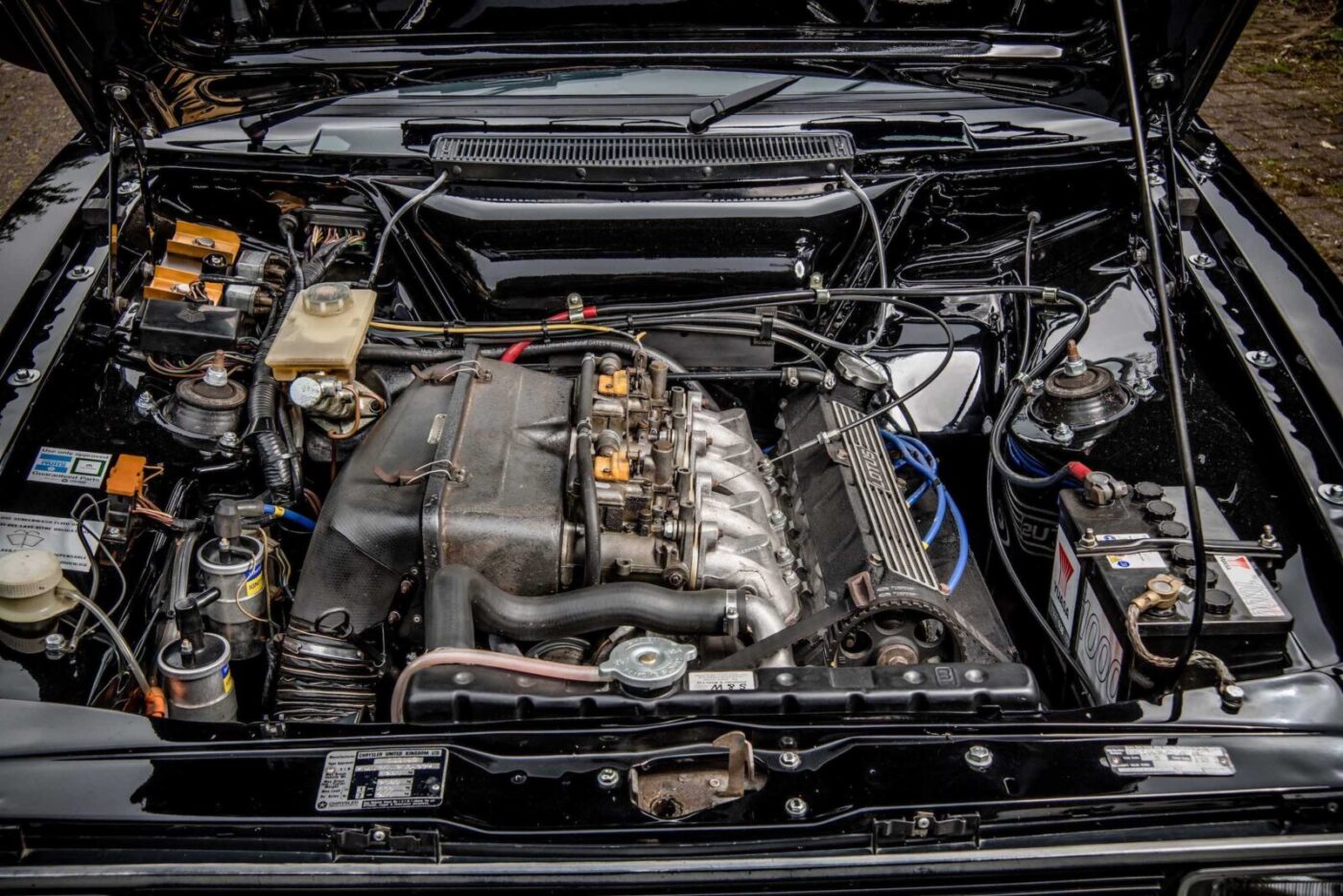
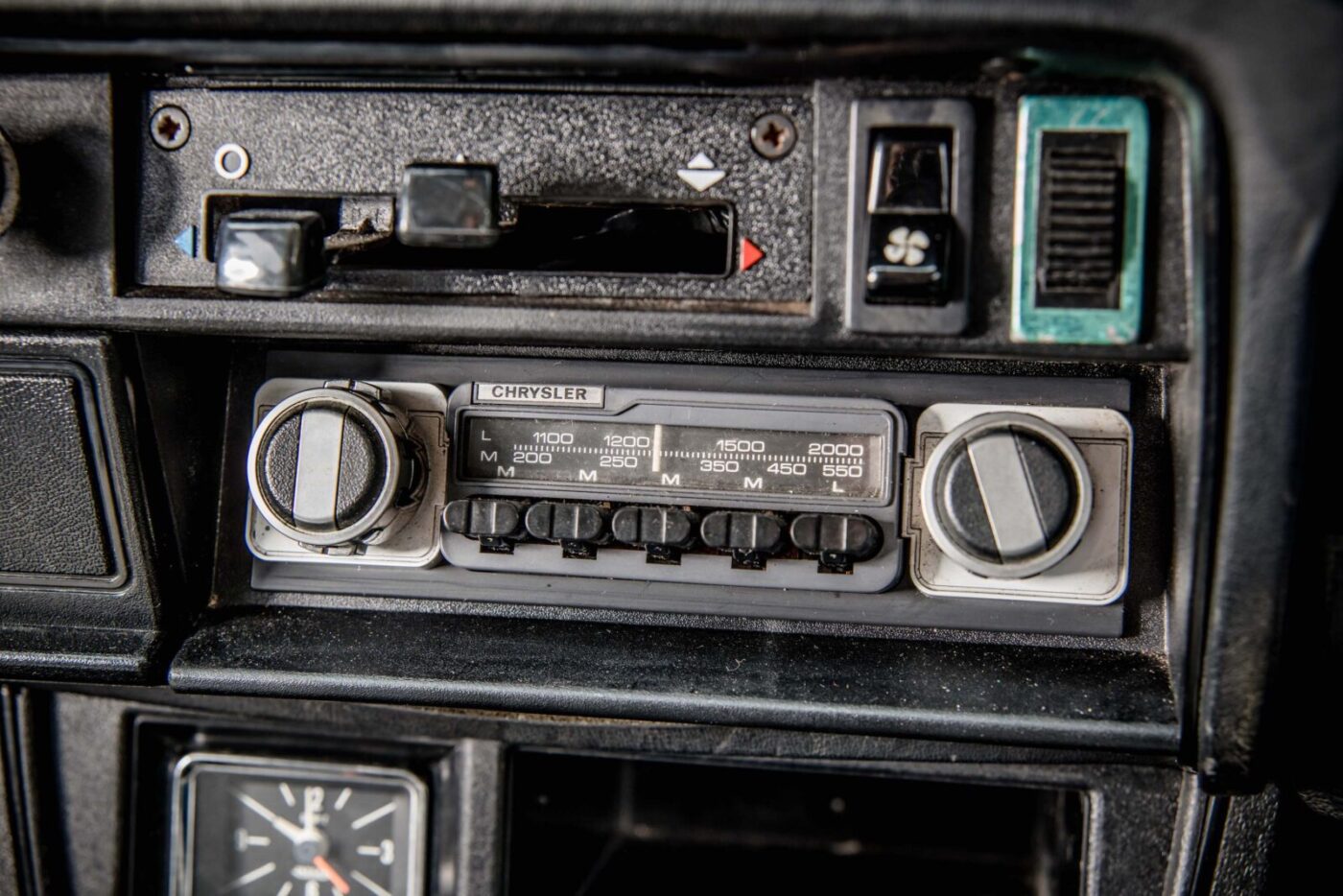
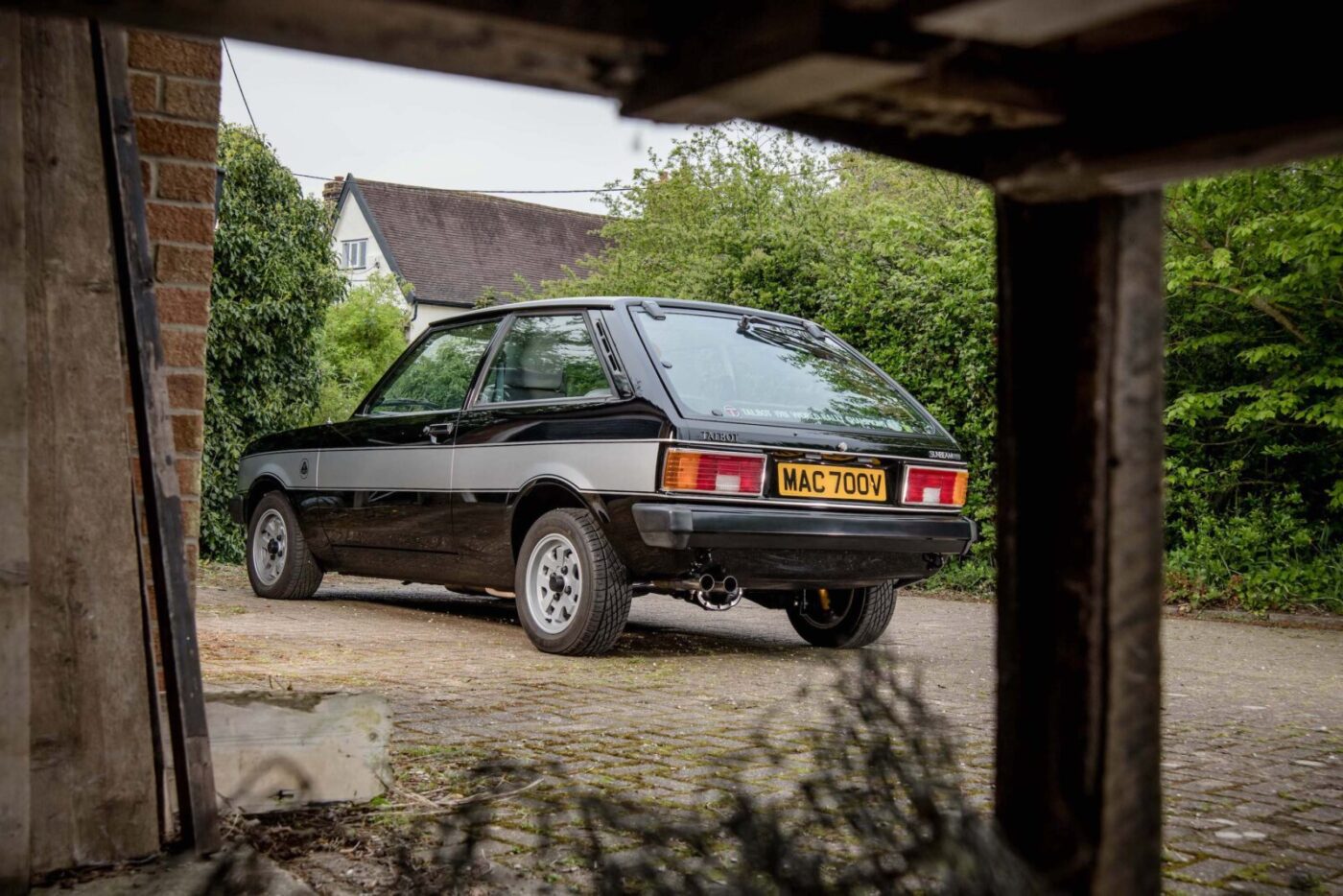
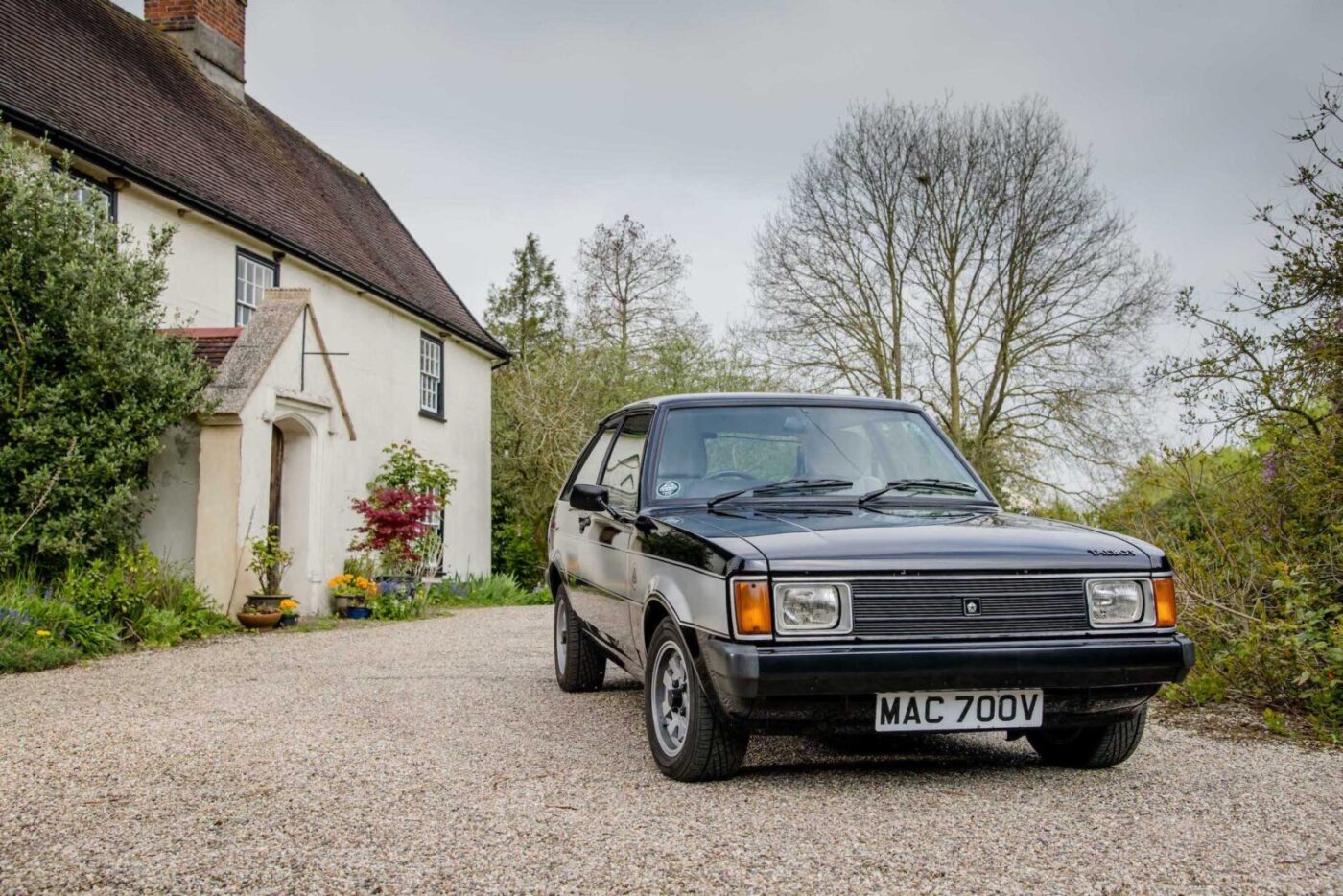
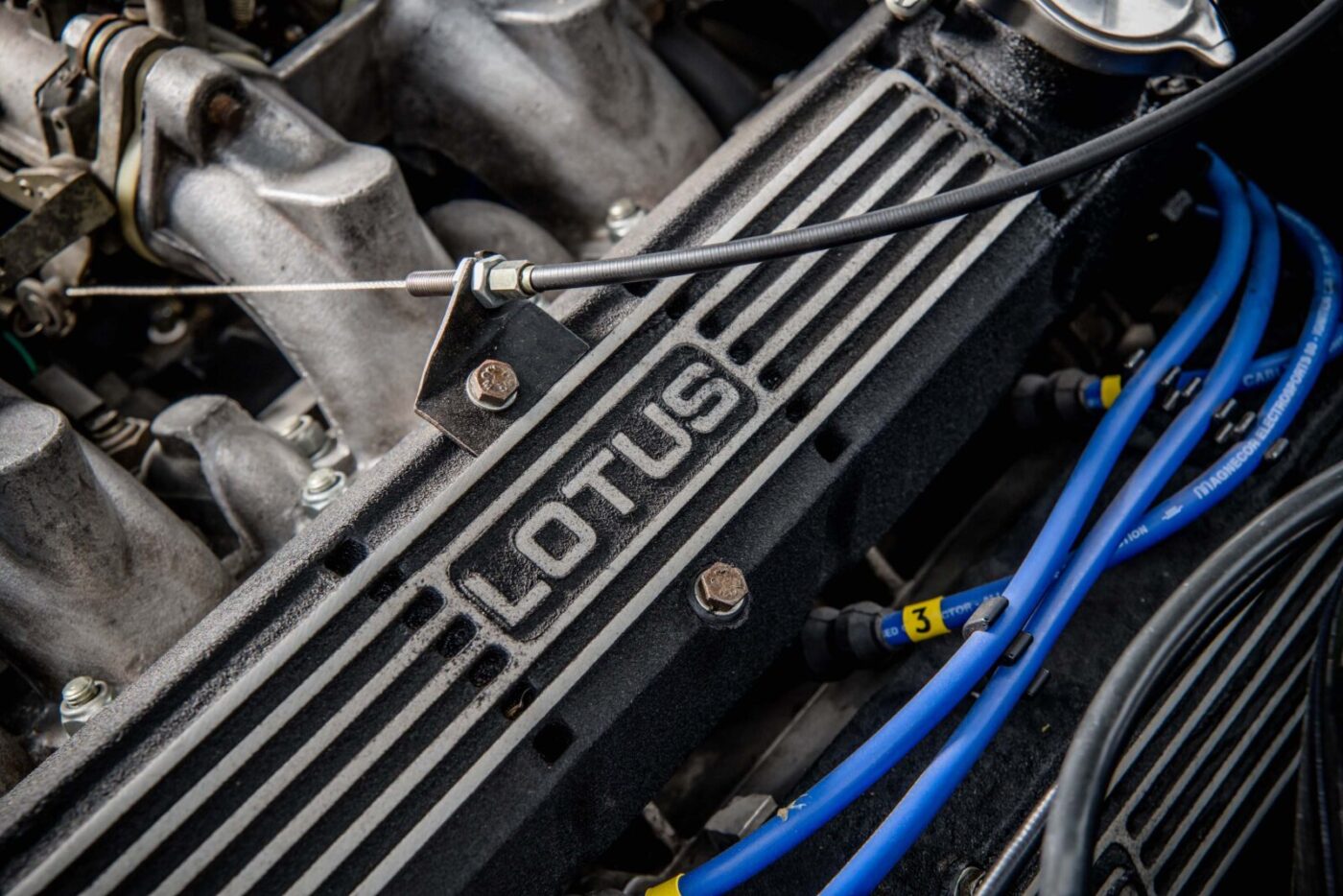
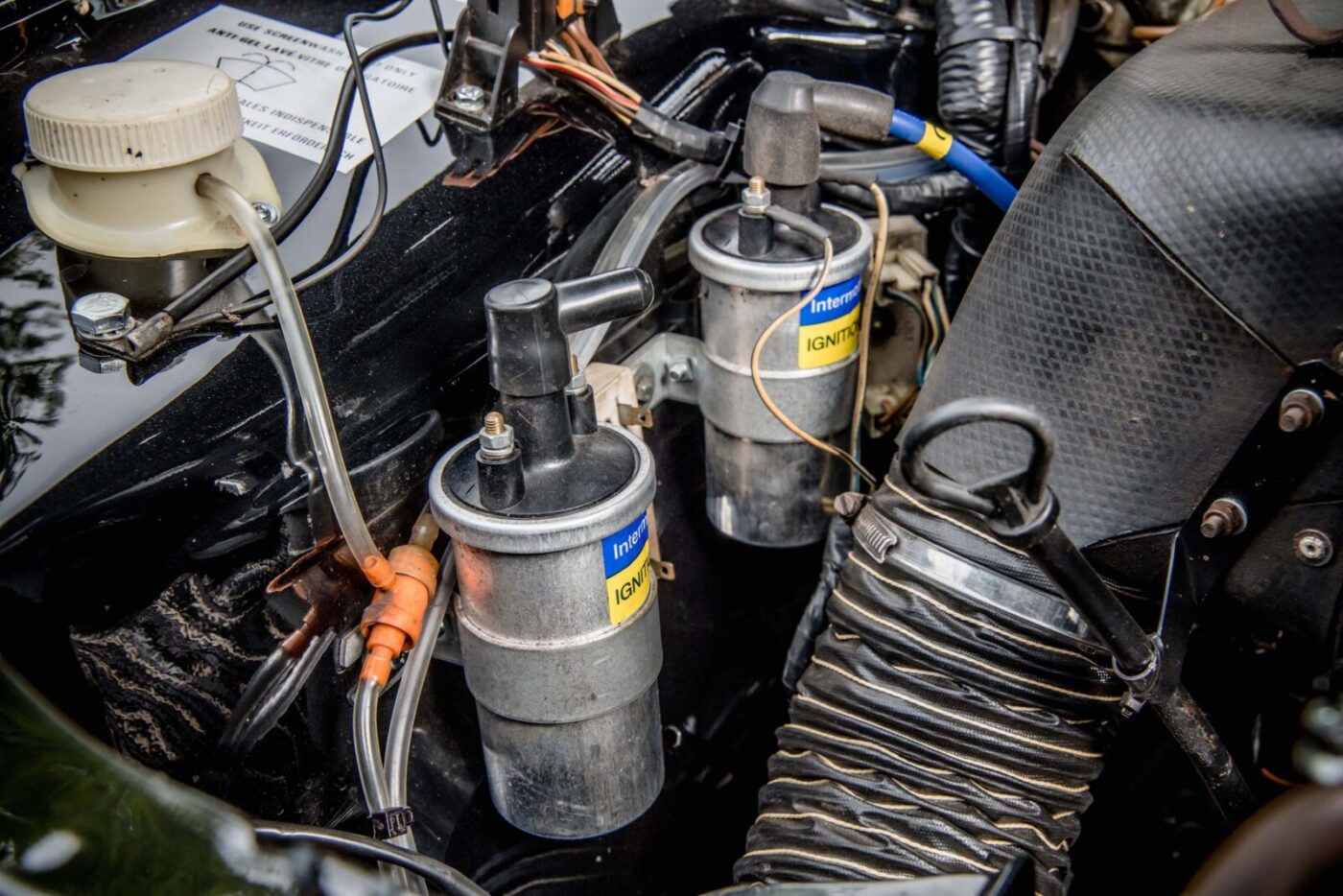
Road rally mayhem
Road rallies were a cheap way for amateurs to experience rallying, with no requirement for a competition licence or any specialist safety equipment, and run at night with a theoretical average speed of 30mph.
In practice, with competitors handed the route at each control point and expected to navigate to the next one, considerably higher speeds were common.
“I was normally the navigator, but on that occasion I was driving because we’d entered Phil’s Capri but for some reason it would not go,” says Paul, now 62.
“We decided to take the Avenger. He had a roll cage and harnesses in the Capri, but the Avenger just had normal seat belts. We set off in that but I managed to hit a patch of ice, went sideways and ended up hitting a willow tree and landing in a ditch.”
Paul emerged unscathed, but Phil ended up in hospital for a week.
Next came a Triumph Dolomite Sprint, written off when it was rear-ended by Phil, who was following Paul home from marshalling on a stage rally.
81.5% of customers could get a cheaper quote over the phone
Protect your car with tailor-made classic car insurance, including agreed value cover and discounts for limited mileage and owners club discounts

Dolomite disaster
“It was a bit of a murky evening, and I had the lights on,” says Paul. “The Dolomite had a special feature, a night dimming relay on the rear brake lights so you didn’t blind the person behind you with the brake lights.
“I was accelerating away from a roundabout on the Woodbridge bypass and there was a roof rack in the middle of the outside lane. So I slammed on the brakes to try to stop, Phil didn’t see my dimmed brake lights and drove straight into the back of me.
“He was in his twin cam Escort, which was nice and solid, made a lot more of a mess of the back of my car than the front of his.
“I drove around a bit with the rear stoved in, but I was going off on holiday and the clutch stopped working and at that point I called it a day.”
The Sprint was a pretty quick car for the time, its 2-litre, 127bhp engine capable of propelling the Triumph from 0-60mph in 9.1 seconds and hitting 116mph.
“I had enjoyed the Dolomite Sprint immensely and had been interested in rallying and was aware of the Sunbeam competing in the World Rally Championship,” says Paul. “I just wanted one.
“I part-exchanged Jennie’s Viva for this one – she did know about it! When I was talking to the chap on the phone arranging how we were going to pay for it, he mentioned he was looking for something for his wife to learn to drive in so swapped the Viva for it.”
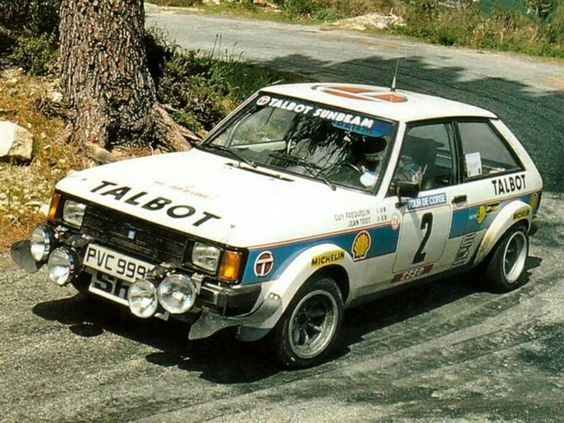
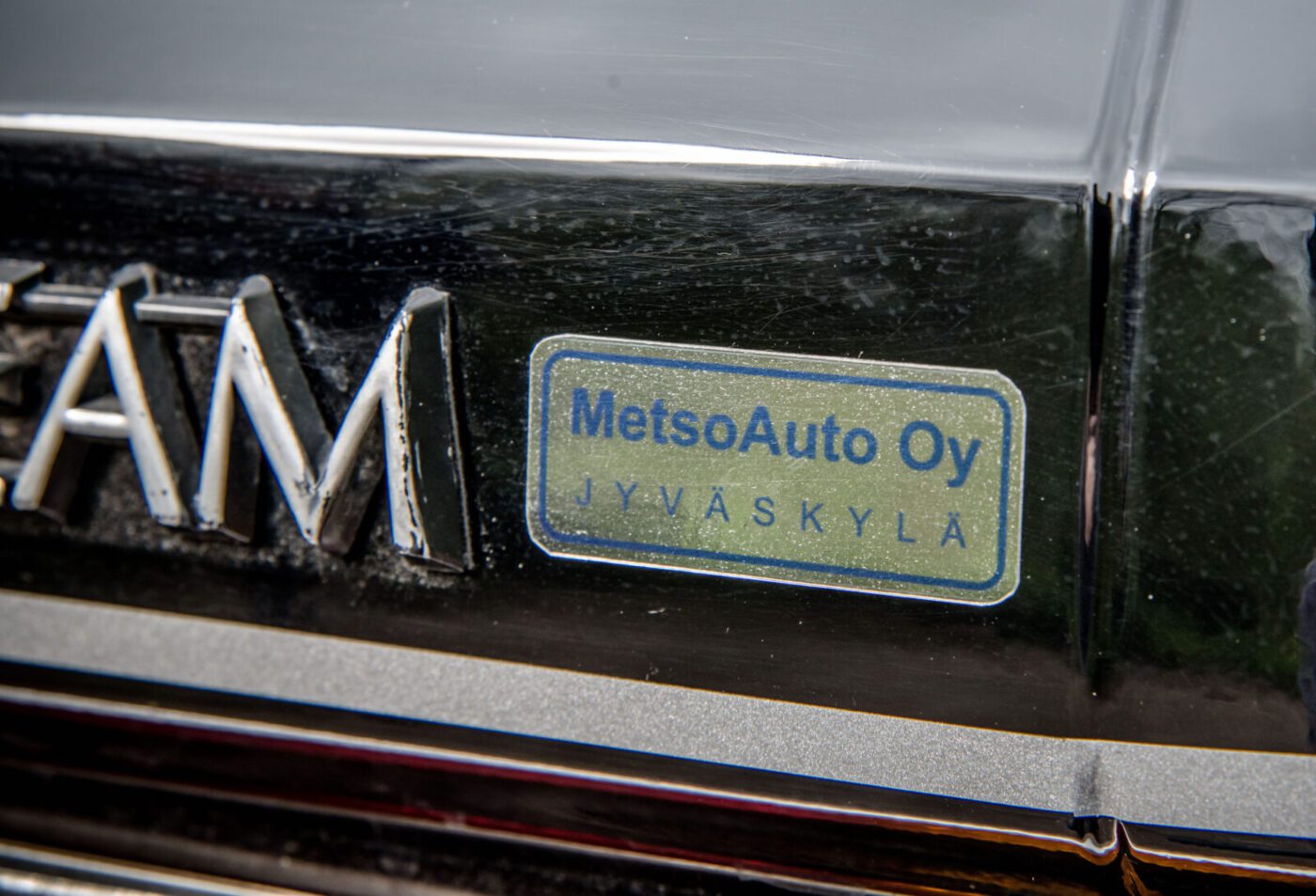
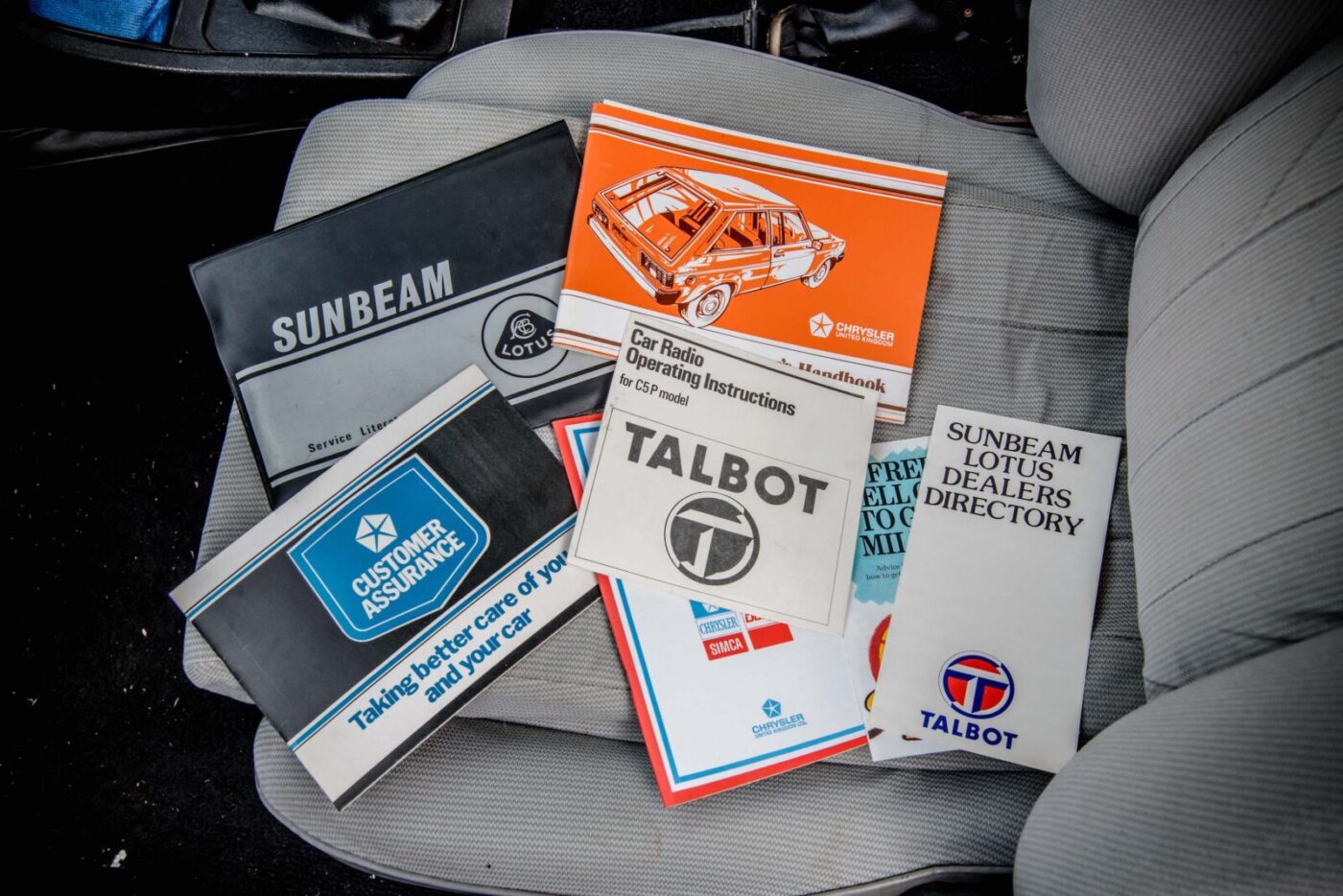
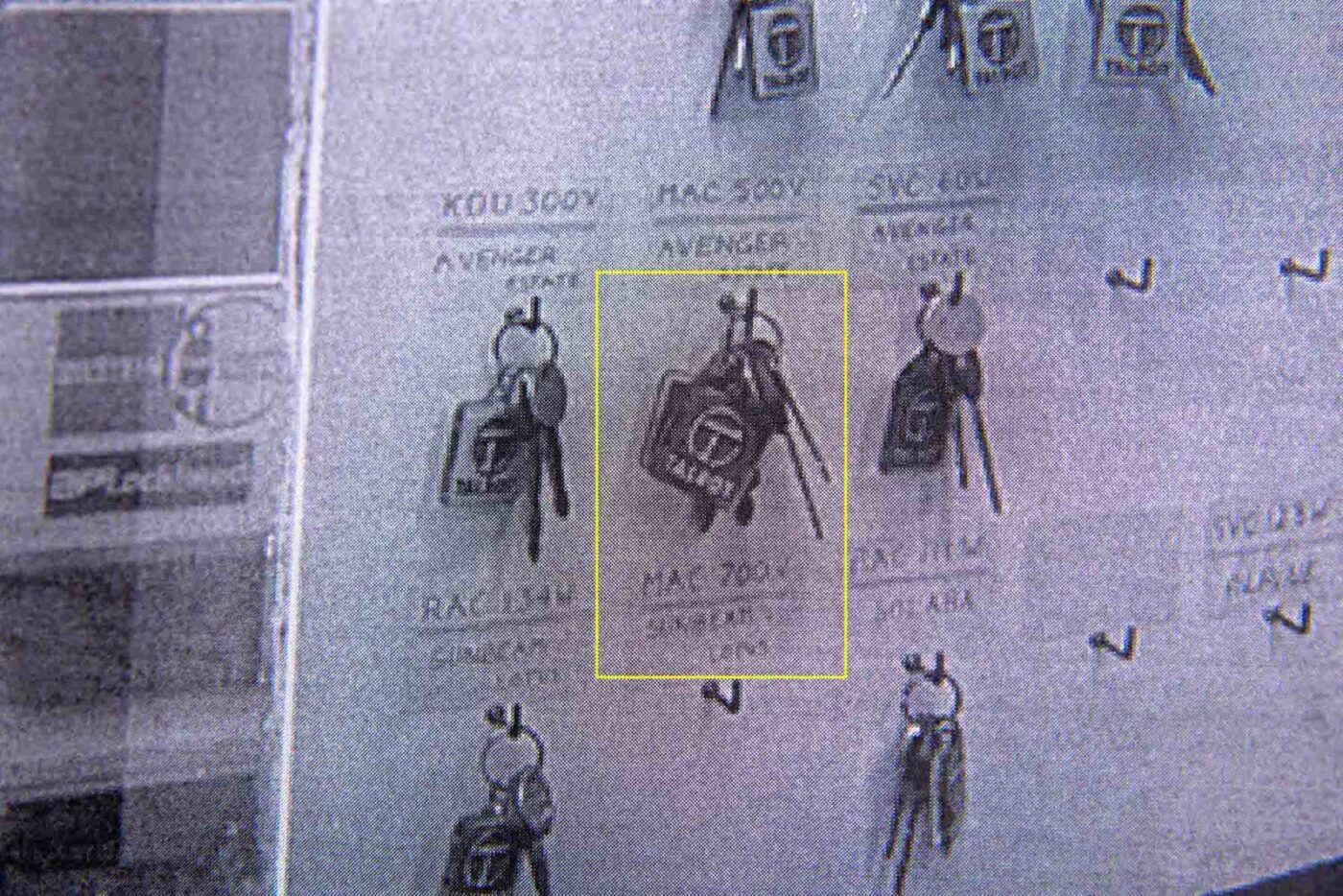
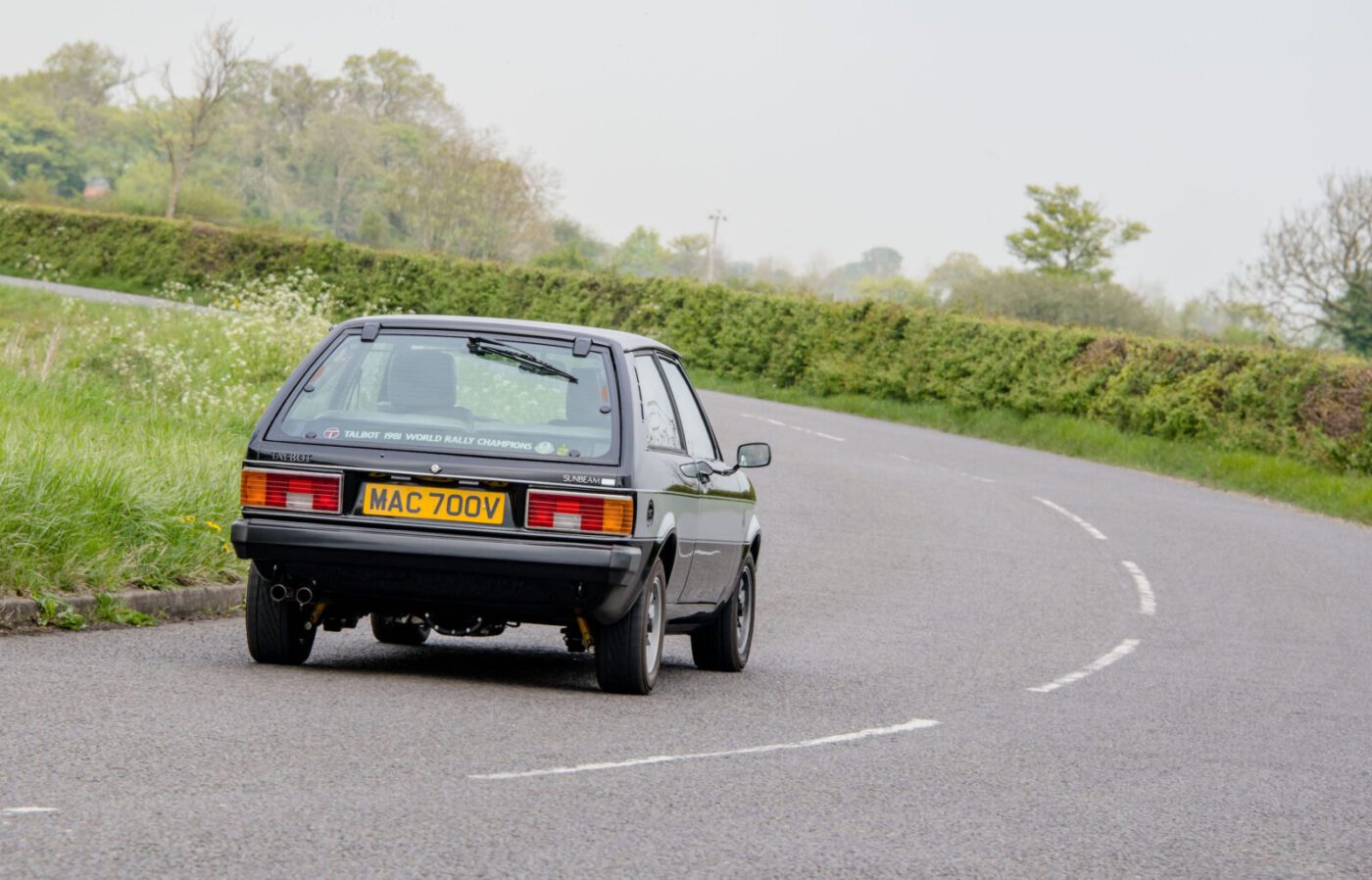
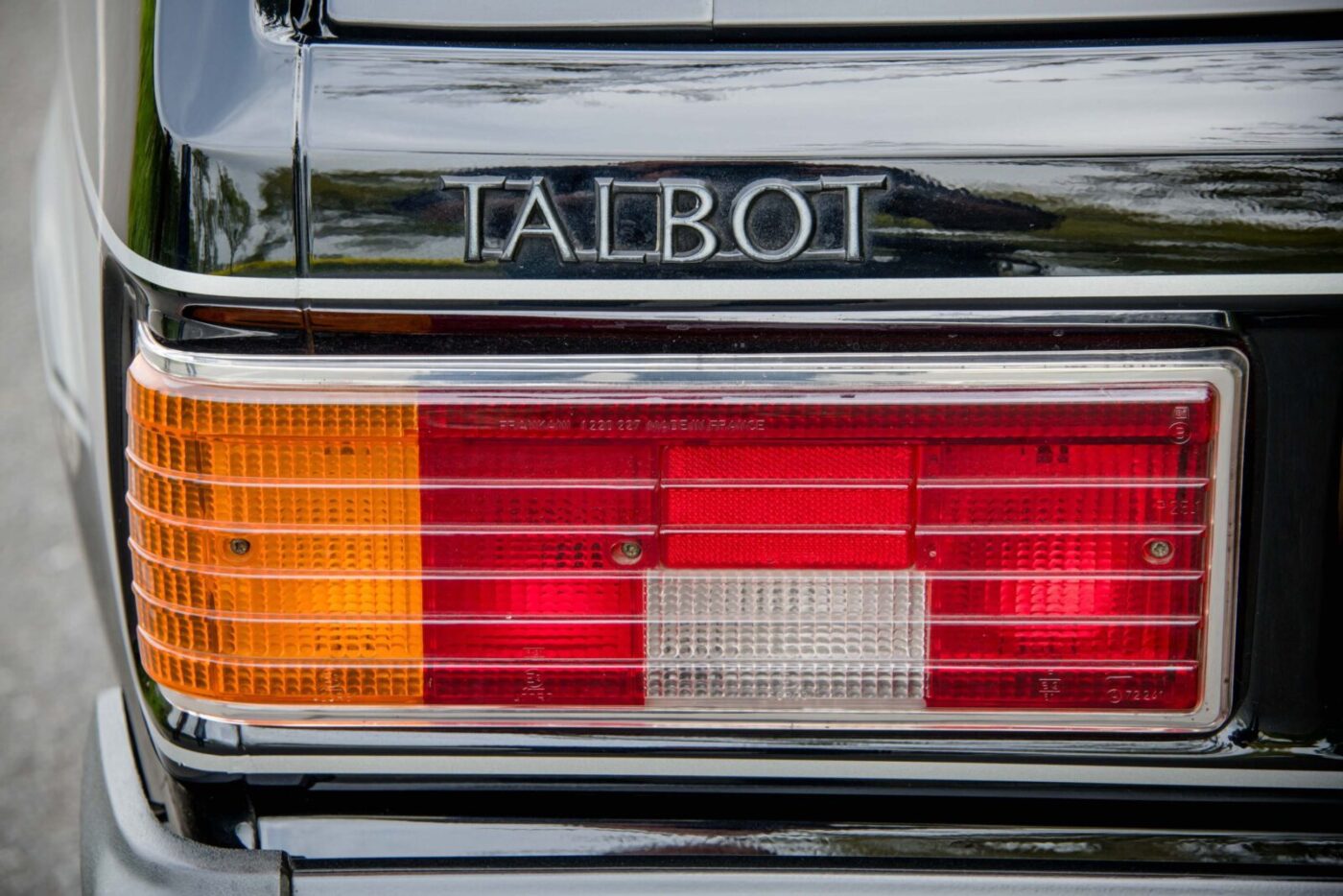
Rocket on the road
The Lotus-powered Sunbeam was an order of magnitude more sprightly than the Sprint, a once-humdrum hatchback based on a chopped down Avenger transformed into a world-beater on the rally circuit and a rocket on the road.
As Chrysler’s head of motorsport, O’Dell wanted to continue the Avenger’s rallying success and find a car capable of taking on the dominant Ford Escort and Fiat Abarth.
Much of the Avenger’s rally running gear was swapped into the Sunbeam, but more power was needed. Enter Lotus, who married a 2172cc version of the 907 engine, designated Type 911 and closely related to the Lotus 912 unit found in the S2 and S3 Esprit, to a five-speed ZF gearbox.
In road trim, the twin-cam engine put out 150bhp, with a claimed 0-60 time of just 6.6 seconds, but was easily tuneable to up to 250bhp for rallying.
It worked like a dream, Henri Toivonen announcing its potential by winning the 1980 RAC Rally before a combination of the Finn, France’s Guy Fréquelin and Swede Stig Blomqvist gave Talbot the constructor’s title in 1981.
Throughout those two years, O’Dell and his team had use of MAC 700V as hack, publicity car and VIP car, transporting it around the world’s rally stages.
“I think it had probably had quite a hard life,” smiles Paul. “Although it was not actually used in a competitive sense, I don’t imagine that any revolution was spared.”
One small part of the car actually did see some competitive action, however, as Paul explains.
“I believe the front bumper was used on the 1980 RAC rally on Guy Fréquelin’s car,” he says. “It starts off with a silver bumper and about halfway through it changes to a black one.
“There’s a shot of Des O’Dell saying they took the bumper off his car and put it on Fréquelin’s. The bumper was put back on mine and survives today.”
A small sticker on the boot provided evidence of the Sunbeam’s trip to the 1,000 Lakes Rally in Finland in 1981, but was lost in a repair following a rear-end shunt sometime during Paul’s ownership.
READ MORE ABOUT SOME OF OUR GREATEST CLASSIC CARS WITH

A series of articles on our Cult Classics site.
Priceless sticker
“Somebody drove into the back of it, and when I had it repaired I forgot to say that the sticker is priceless, so unfortunately they scraped it off,” he says.
“I had a good memory of what it looked like and got one made locally to replace it.”
Paul was aware of the car’s provenance when he bought it, but more evidence was unearthed when the owner’s club was given permission to enter the works team’s offices at Ryton before it was demolished.
“When clearing out Des O’Dell’s desk they found my owners handbook and service record in the top drawer, totally mint,” he says.
“I also have a photocopy of the key board in the team office and my car number is on that.”
Despite his somewhat chequered history of keeping cars in one piece, Paul used the Sunbeam as his daily driver for the best part of a decade.
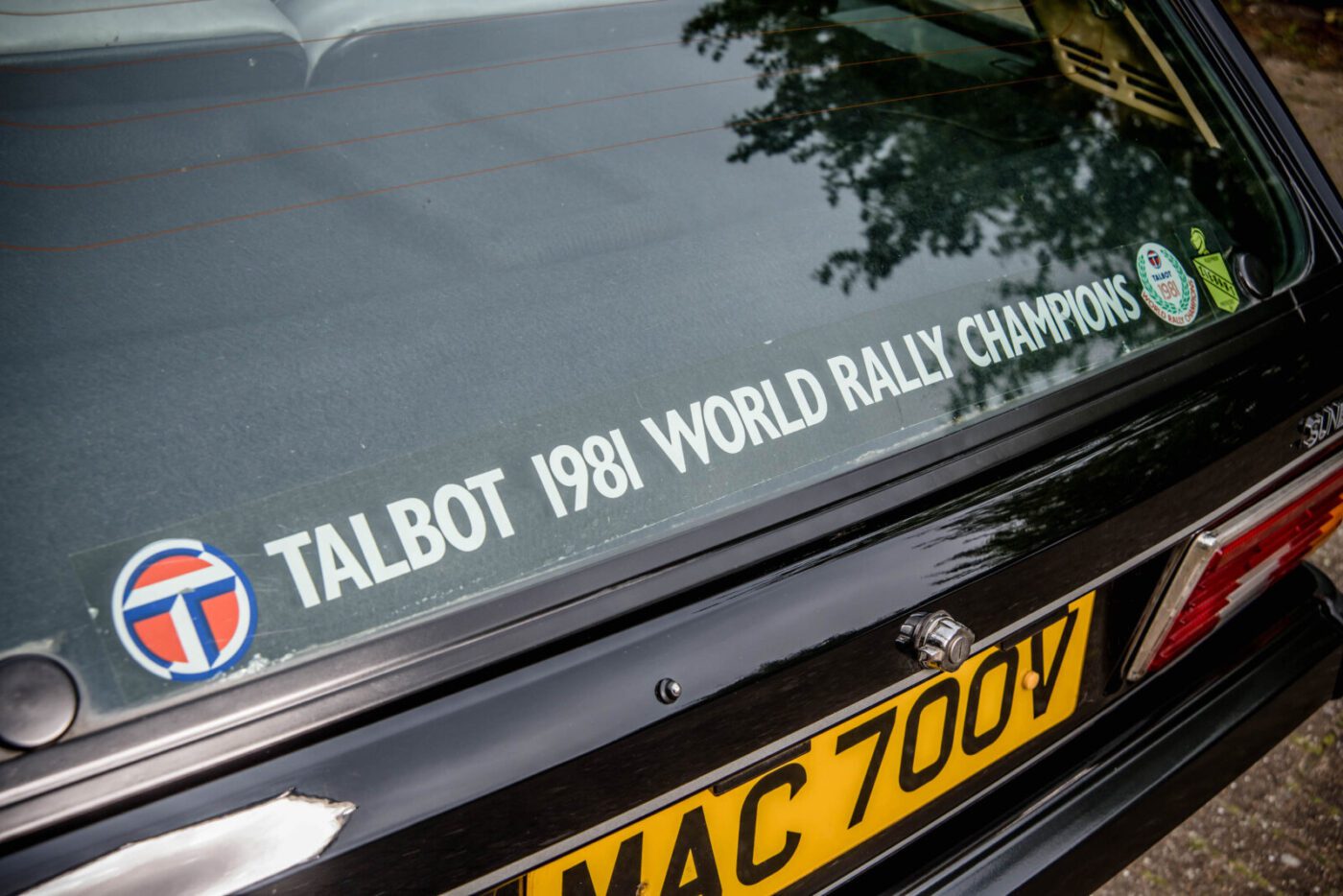
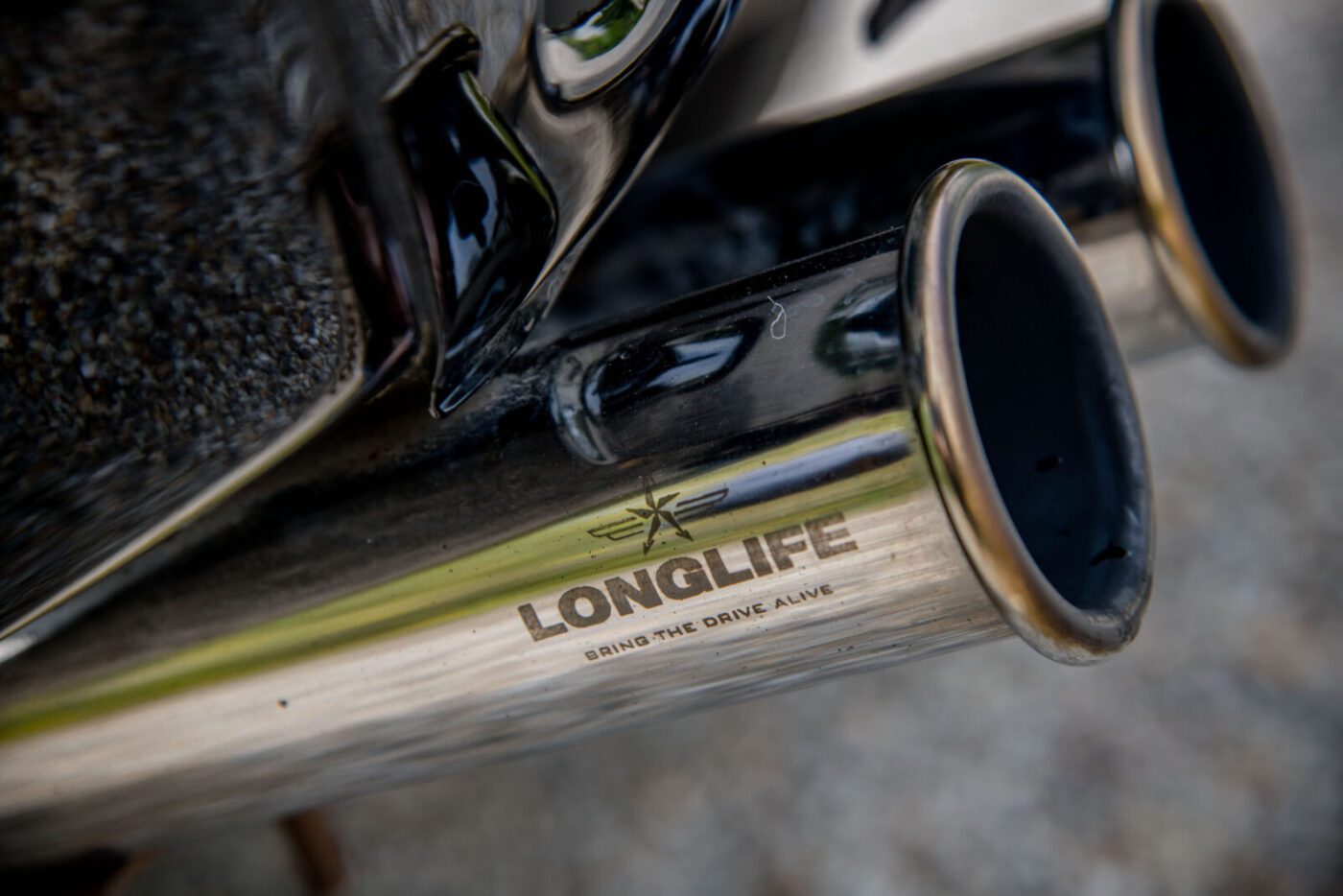
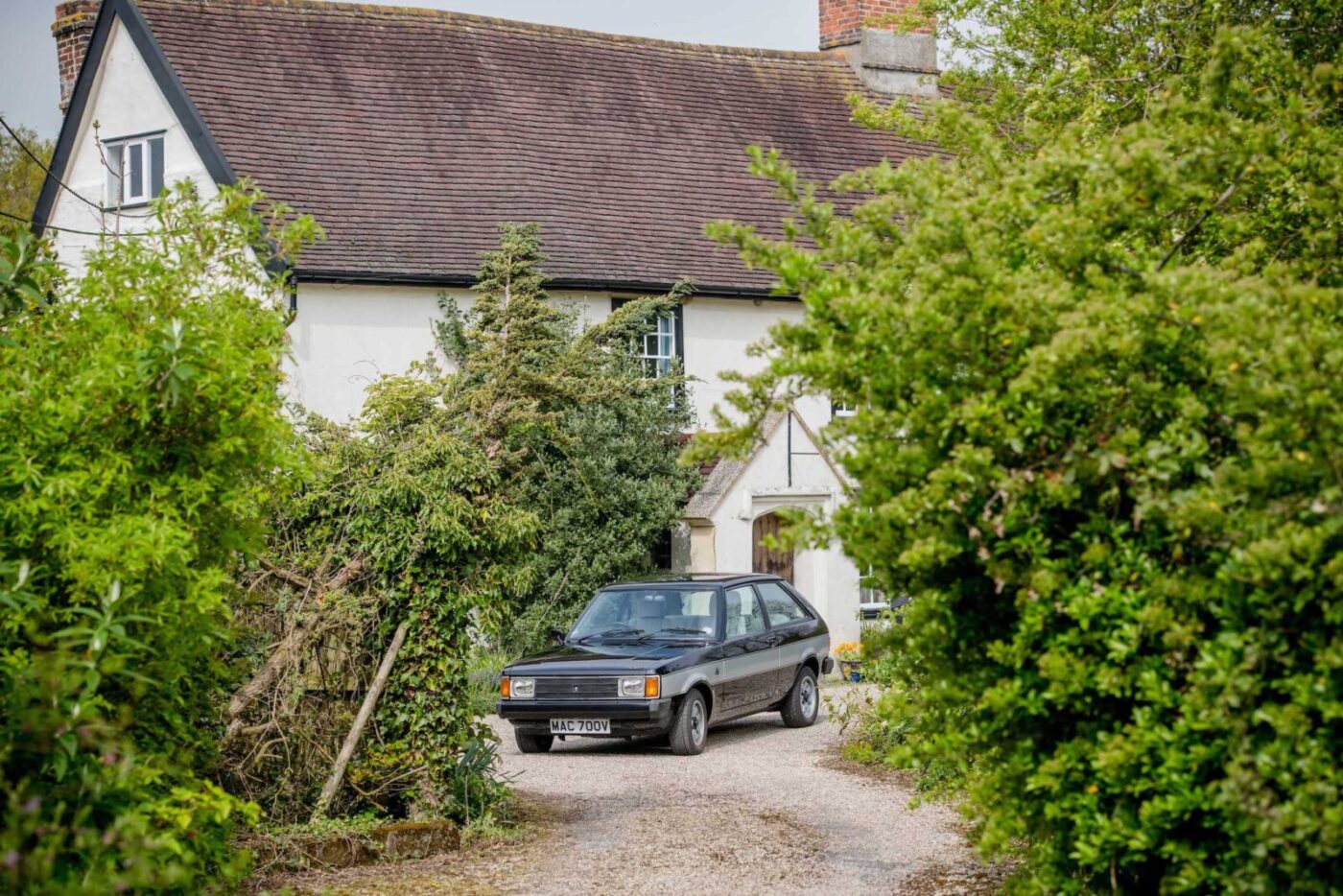
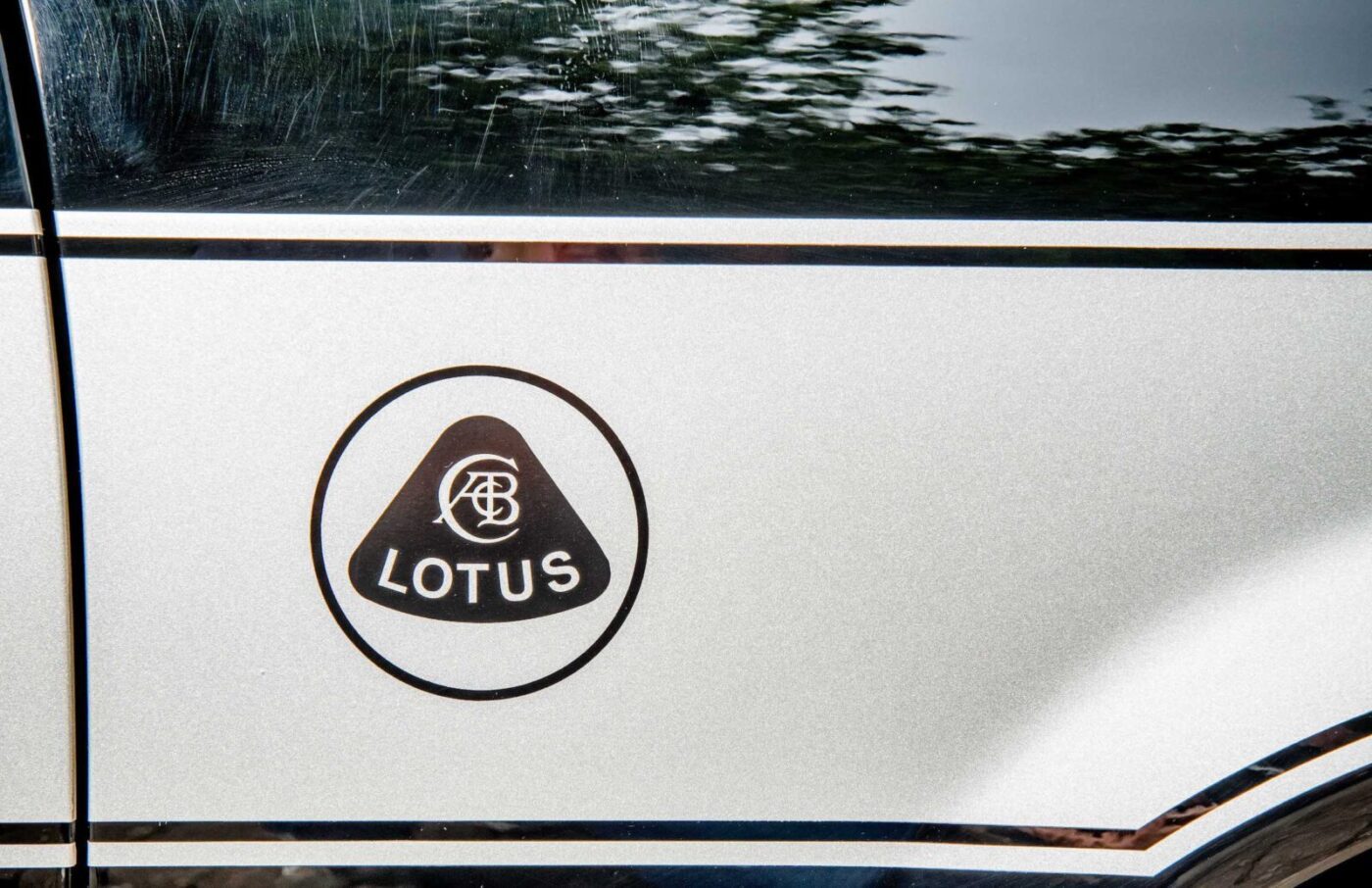
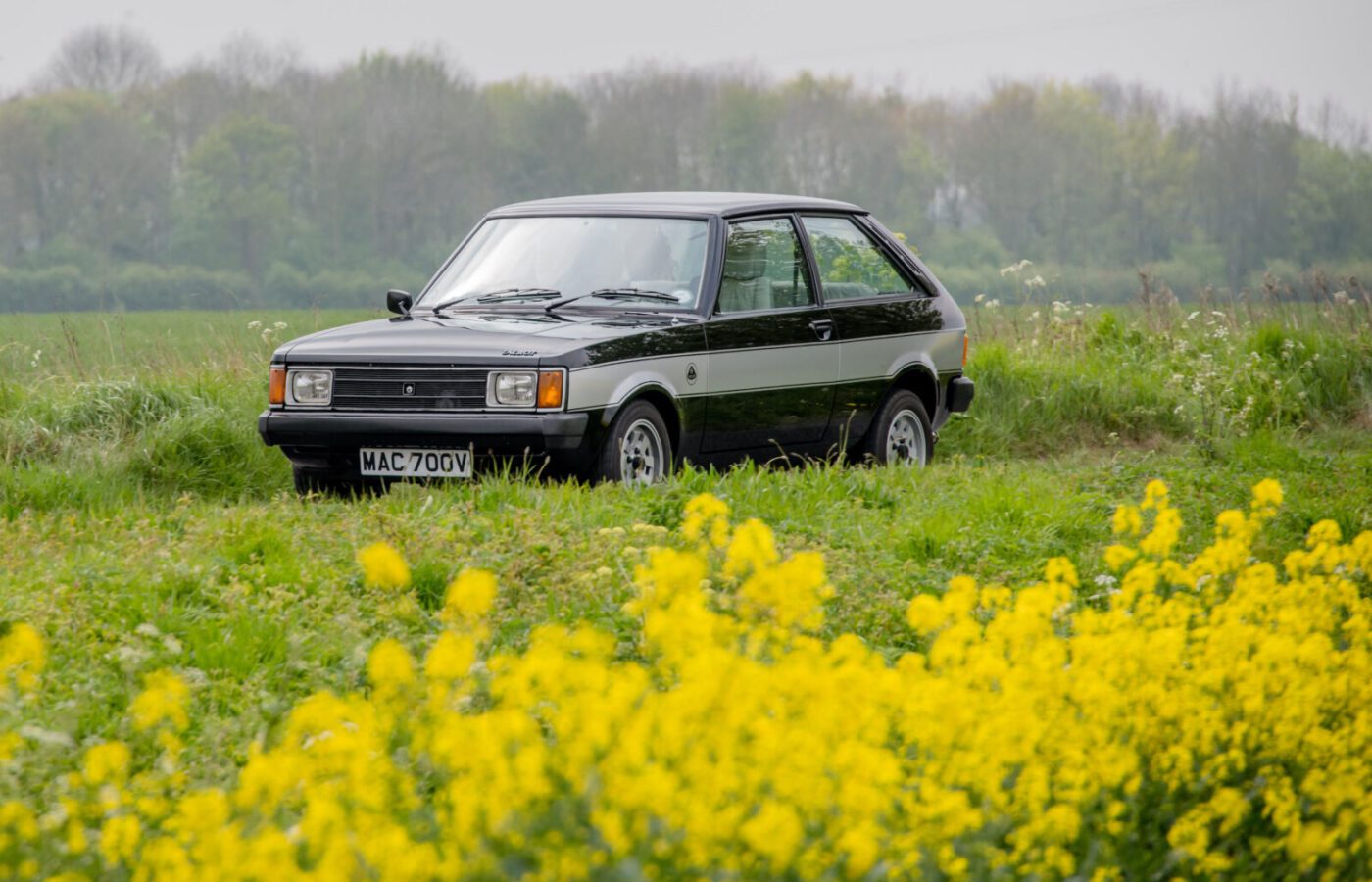
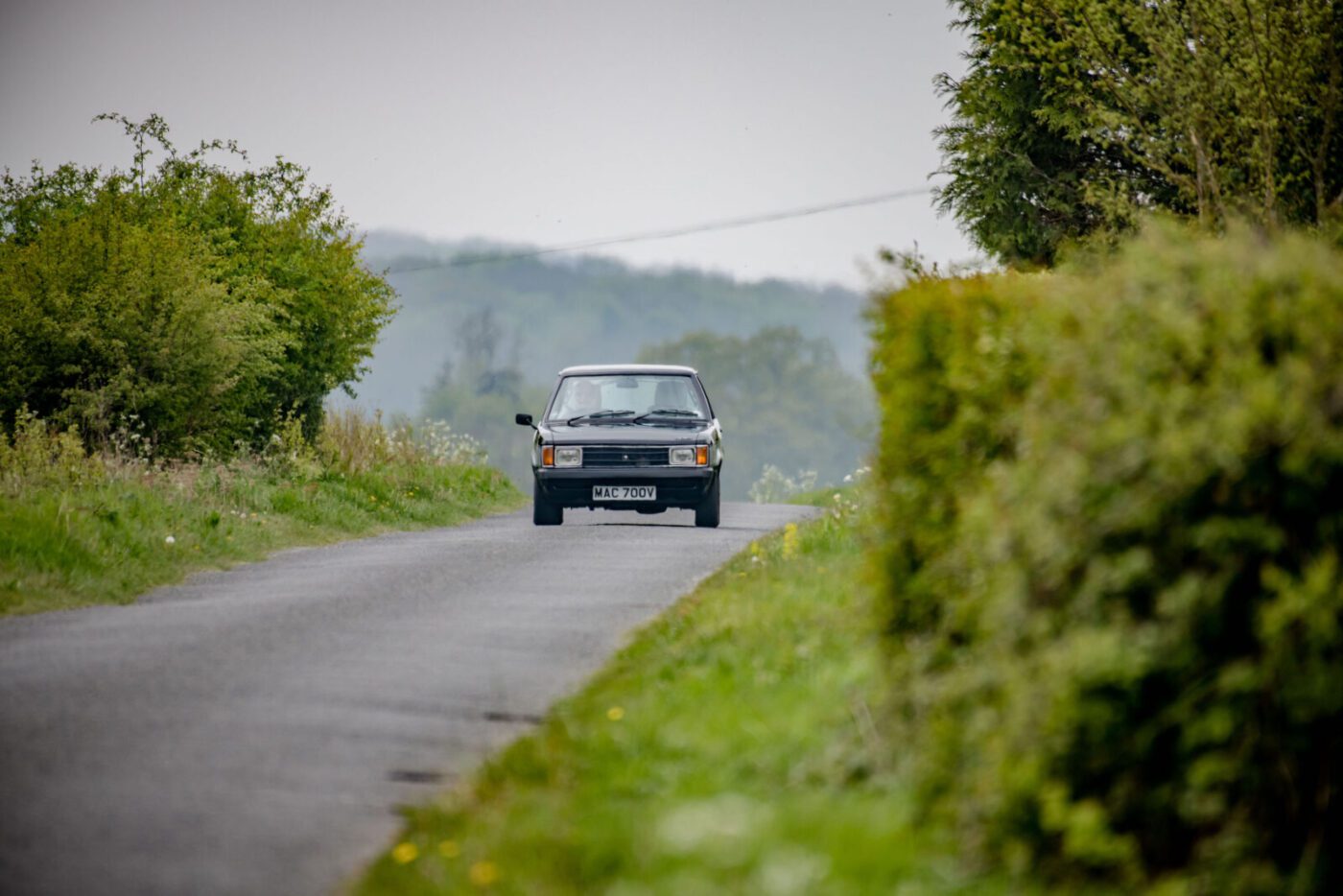
“A bit of a handful”
“It was a bit of a handful but, surprisingly, I think I had learned a bit of car control somewhere in the process!” he jokes.
“I had a few goes on the police skid pan via the local motor club and got the hang of knowing how much opposite lock to put on when you got in trouble. I managed to keep it on the road.”
Not that things always went to plan, a professional survey of the car when he bought it failing to spot that the oil pressure was “a bit dicey”.
“The chap I bought it off had only had it a few months, and I bought a bit of a pup I think,” says Paul, who was 25 at the time.
“I didn’t really twig what was going on, but it was not operating as it should have done. Something was wrong, which is probably why the bloke was selling it.
“As a result, I managed to throw a rod through the side of the engine.”
Fortunately for Paul, this coincided with twin-cam, 16-valve engines being banned from road rallying for being too quick, including the Sunbeam Lotus.
“Sunbeams were quite popular road rally cars, and people wanted to keep rallying them so they put a Ford Pinto into them,” he says. “So Lotus engines were quite easy to get hold of for a few months.”
A cloud of smoke
With the replacement engine in situ, Paul feared the worst again shortly afterwards when he was followed down the road on his way to work by a heavy smokescreen.
“I thought ‘oh no, not again’,” he remembers. “It turned out the O-ring round the top of the oil filter had split and there was oil pumping out, hitting underside of bonnet, going around the exhaust manifold and turning to smoke. It was a very scary moment, but it only cost £5 for a O-ring and oil filter.”
They were fun days in a small car that would not only leave a contemporary Golf GTi standing, but would give a Porsche 911 SC a run for its money from a standing start.
“I remember having a run-in with the police one day,” he says. “They were sitting on the roundabout at the top end of Woodbridge bypass, and I thought ‘let’s see if they’re awake this morning’.
“I planted my foot down round the roundabout and they started following me. I stuck diligently to the speed limit and they pulled me over after about three miles.
“I hadn’t done anything wrong apart from being a bit loud, but they said something about being world champion rally driver after seeing the sticker in the rear window.”
Even as standard, the Sunbeam has a splendidly rorty exhaust note, but Paul took it up a notch with a straight-through, Skip Brown competition exhaust system.
“The people over the road used to set their watch by me going off to work in the morning, and Jennie could hear me pull out of the crossroads about a mile down the road as I was coming home so she knew when to put the kettle on,” he says, since switching to a stainless steel system, one of only a few non-standard items on the car.
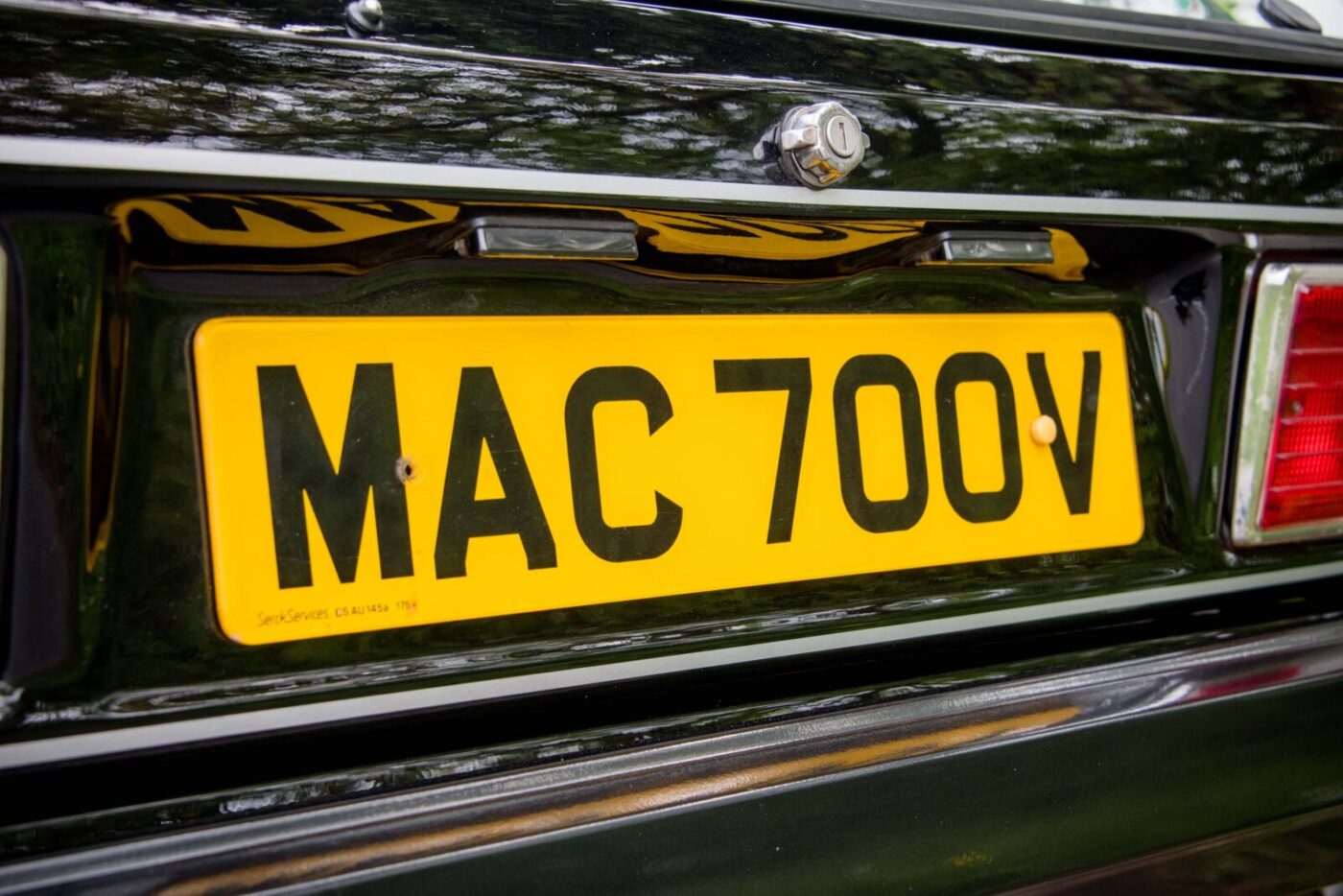
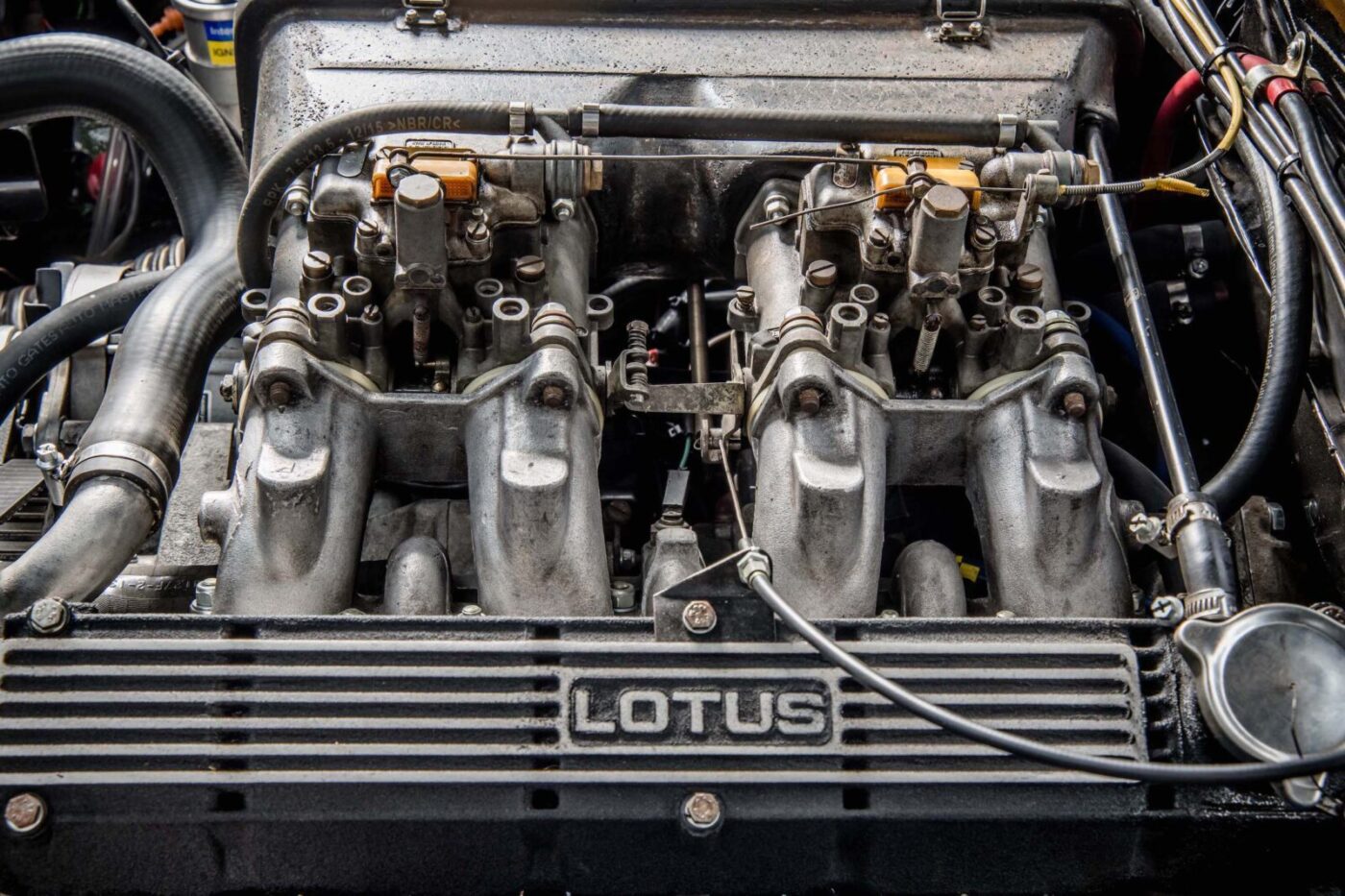
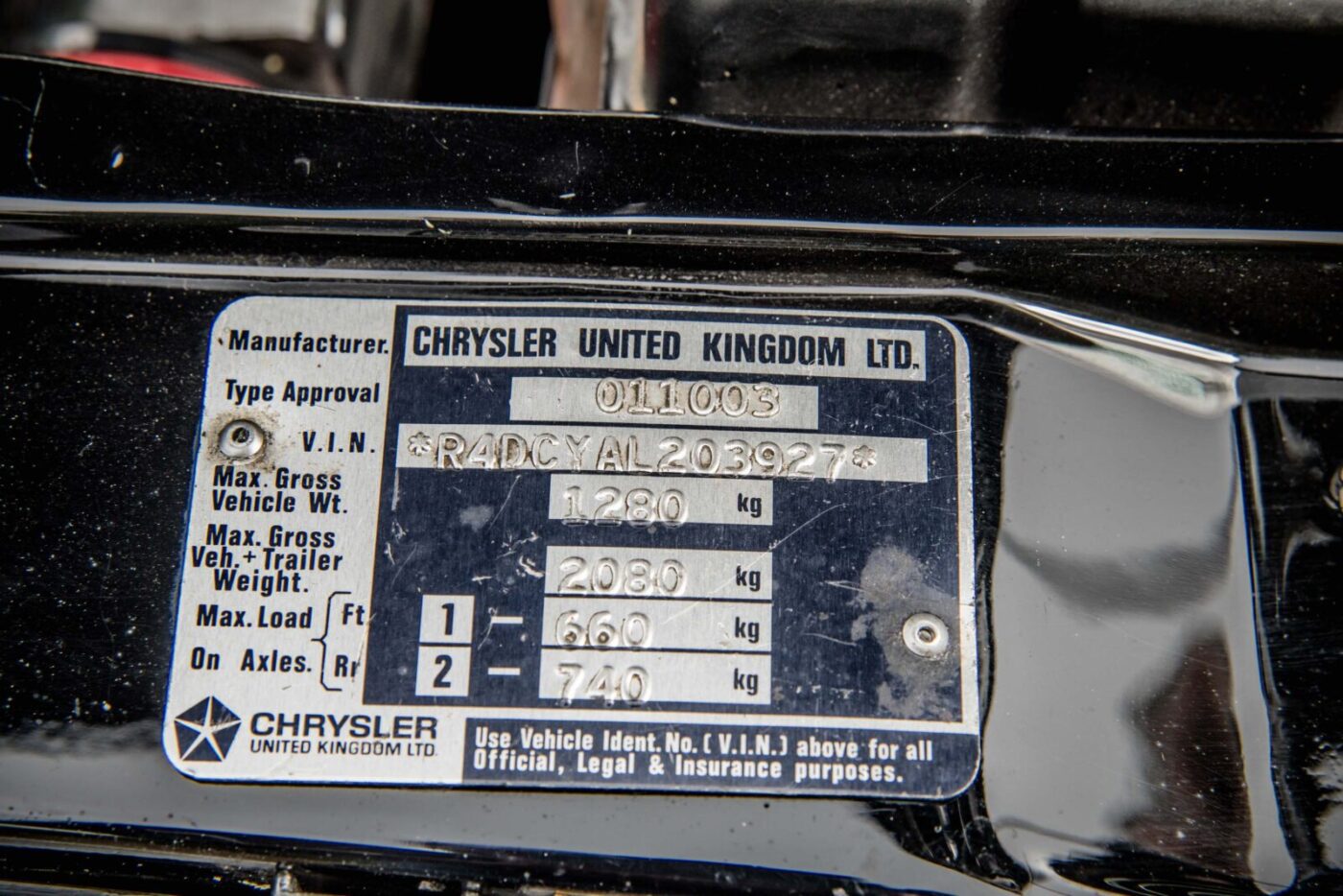
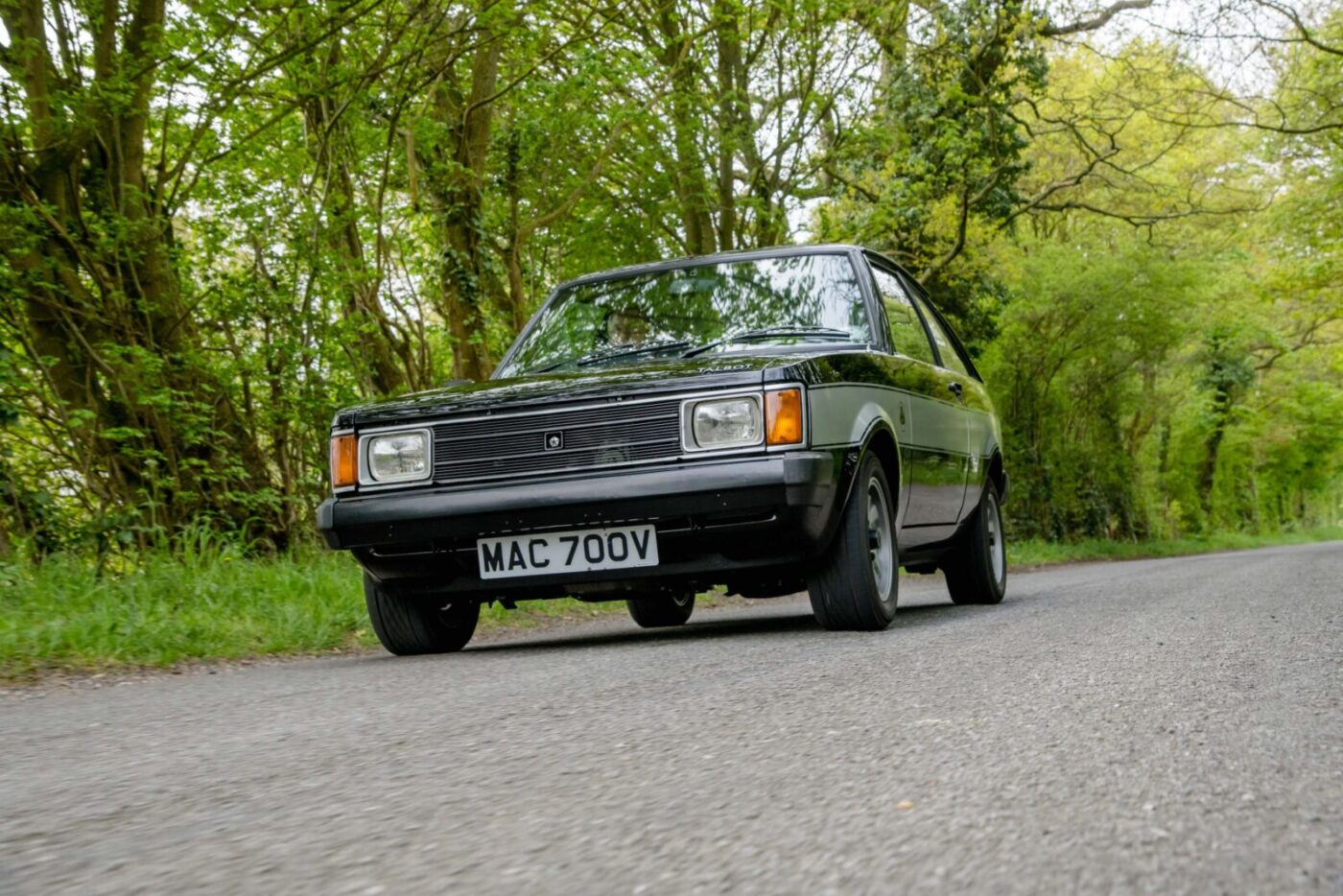
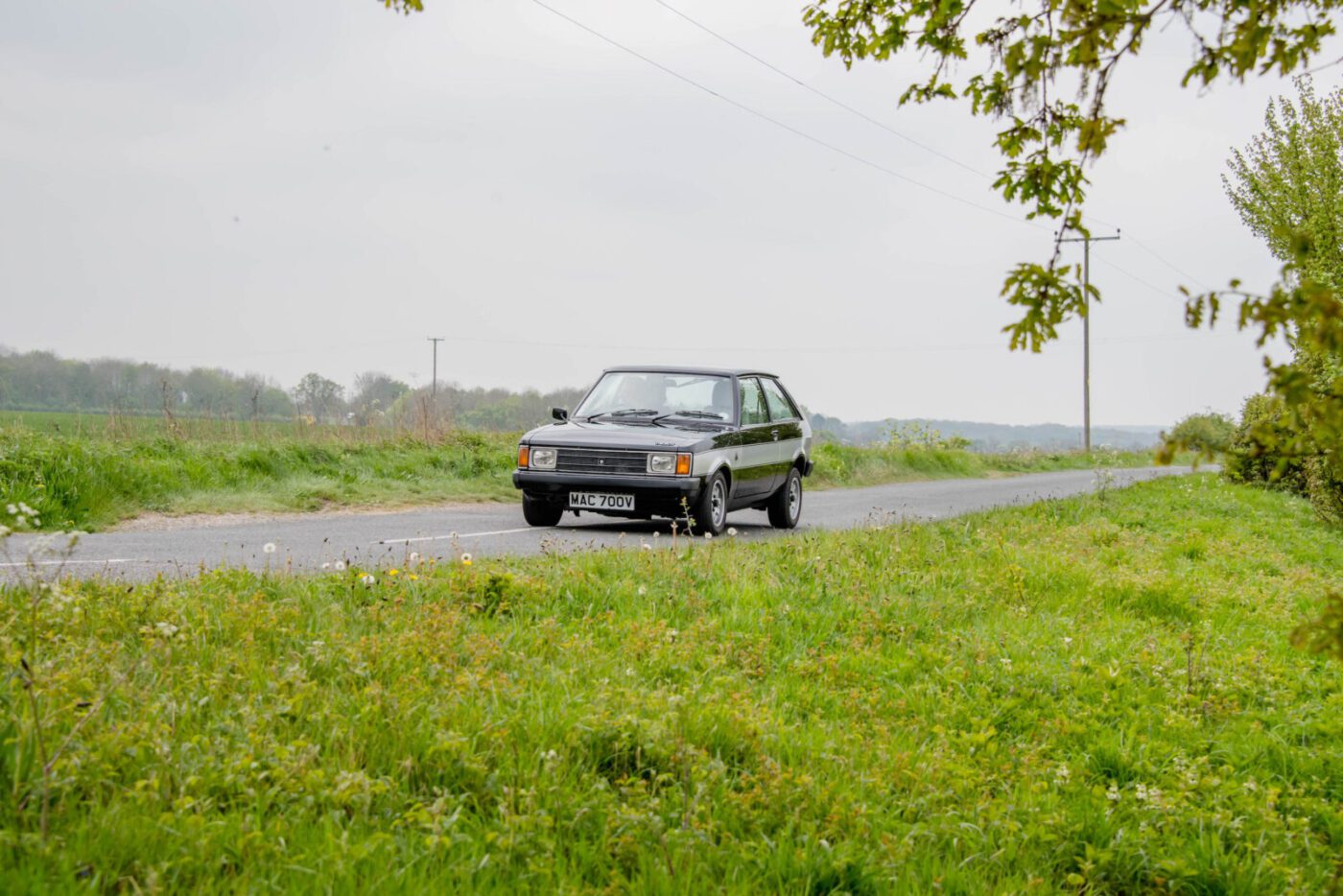
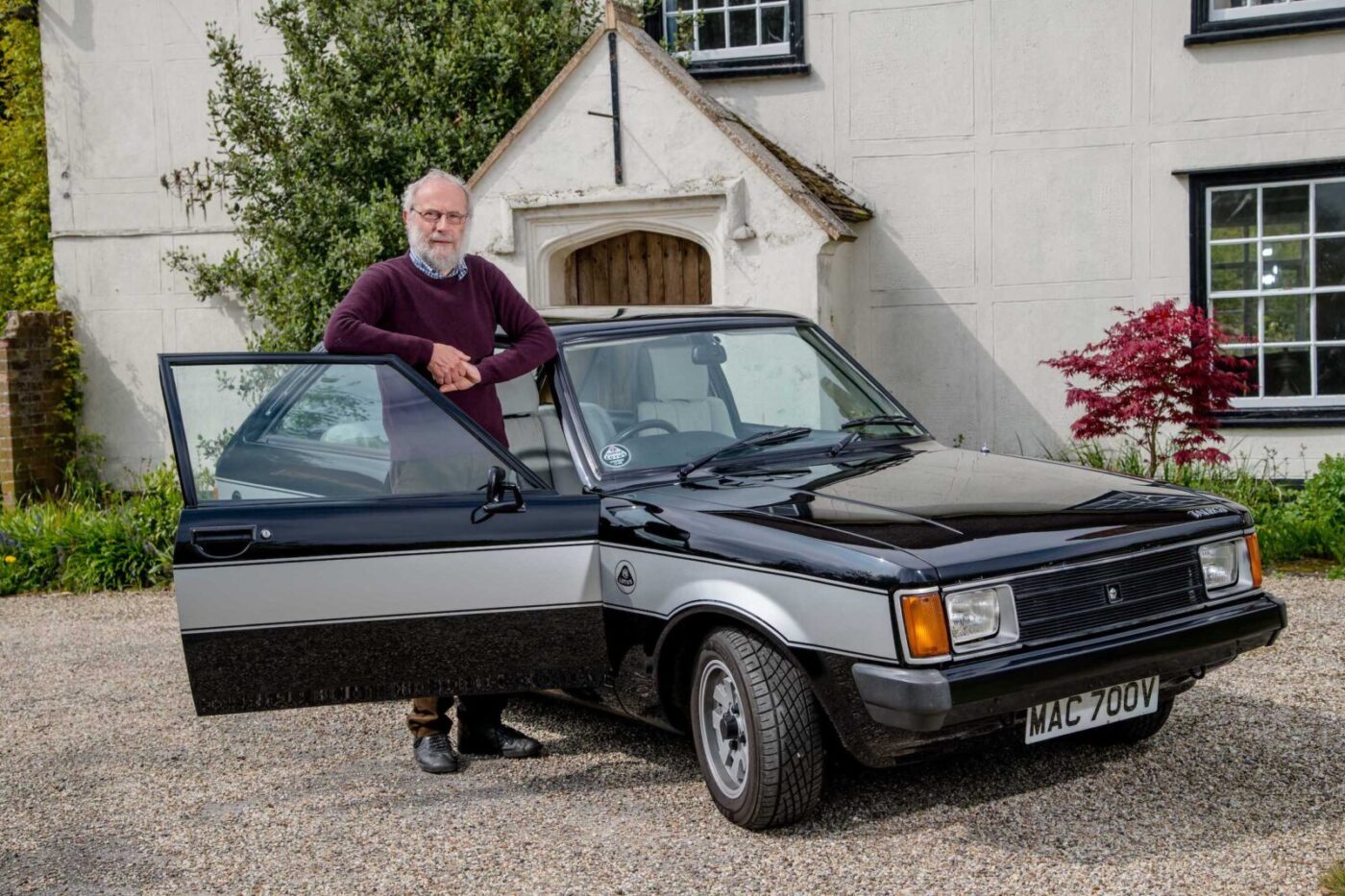
“Thrashing the nuts off it”
Although he never road rallied the Talbot, Paul did take part in a couple of autotests on grass, “thrashing the nuts off it, the wheels spinning on the grass”.
“There’s only limited damage you can do on grass,” he smiles.
Some time around 1990, the car suffered another mishap, and in 1991 Paul took redundancy from his job at the PO (by then BT Technologies), and then began suffering from back trouble.
These three factors combined to keep the car off the road for nearly a quarter of a century.
“I was on my way to work and I was clearly so keen to get there I managed to knock a tooth off the crown wheel and had no drive,” says Paul.
“I had a new crown wheel and pinion fitted but never quite got round to putting the axle back on the car. “Having been made redundant I didn’t have any spare money for a while, and then I got a lot of back trouble and the idea of bench pressing an axle was a total no no.
“And then, once you’ve not done something for a while, it’s like ‘oh yeah, I’ll do that next year’. Then, as time passes, you think ‘it’s going to cost a lot of money to sort that out’ and that becomes a consideration.”
Paul spent “a bit of time unemployed and a bit of time underemployed”, working part-time as a bread van driver, a petrol pump attendant and ferrying about an American neighbour who didn’t like driving on British roads.
Stricken Sunbeam
After four years, he took up a job working on TV subtitling technology before retiring – and turning his attention to the stricken Sunbeam.
In all the years it had sat there, gradually rotting away, Paul had never seriously considered selling the car.
“I had a bond with it I suppose; it was part of me I think,” he says. “It would be like selling your mother – well, not quite as bad as that!
“But I felt attached to it, and also if it was going to be sold as a non-runner, I wouldn’t have got much money for it.
“There’s also the fact that most of my cars have ended up in the scrap heap, so selling cars isn’t something I do!”
When it was hauled out of the garage, Paul says that although “it didn’t look too bad at first glance”, the sheer scale of the work required soon became apparent.
“All the edges of the wheel arches were crumbling and once you started looking more deeply, there was a lot of rust underneath,” he adds.
“The worst bit was when they got through to the chassis rails and found they had all gone as well.”
Replacement chassis rails were fabricated, and new panels were created by a company using the original press tools, including the front and rear valance, a complete set of wings, both inner and outer sills, both door skins, rear wheels tubs, and a rear panel.
“The press tools unfortunately aren’t quite as sharp as they used to be, so a lot of the cost of the thing was trying to make everything fit nicely,” says Paul.
“It’s not all original, but it’s a question of degrees.”
Back on the road
The Sunbeam was finally back on the road in June 2017, with Paul back at the wheel for the first time since he was in his thirties.
“It was quite hair-raising actually,” he says. “On the first drive, every time I saw another vehicle on the road I feared it was going to veer into me, or things were going to fall off lorries and hit me.
“It’s quite hard work driving it. I don’t know if it really is hard work or if I’ve got old and weak and got used to modern cars with power steering.”
These days, the car is mostly used for car shows and car club runs – Paul is member number 91 of the Sunbeam Lotus Owners Club, which featured MAC 700V on its stand at the Classic Car Show in November and the Classic and Restoration Show in March, both at the NEC.
The Festival of Classic & Sports Cars at Helmingham Hall gives Paul a more local opportunity to show the car off.
“I get quite a lot of people come up to me and say ‘my dad had one of those’,” he says. “It probably wasn’t quite like this with a Lotus engine in it, but I don’t mention that!
“I think the worst thing at shows is when kids with ice creams get too close and I’m having kittens thinking their ice creams are going to go all over the place.”
In general, though, Paul likes the attention the car draws.
“Just brilliant”
“In Colchester a few months back I stopped at traffic lights and two chaps, probably of a similar age to me, looked up from walking their dogs, rushed over to the fence, got their phones out and started taking pictures of us,” he says. “Just brilliant.”
After nearly four decades with the little hatchback with a huge, Lotus-powered beating heart, Paul admits that one day the pair may need to go their separate ways.
“At some point I will feel that I’m getting too old to appreciate it, and there will also probably be a time when they start going down in value as well,” he says, with no children to pass the car on to.
“There’s going to be a generation of people who remember them, have got money and want one, but they will get to a certain age and won’t be interested in buying such a car any more. People who come along afterwards won’t have seen them around when they were boys or girls.
“So I’ve got a plan to try to sell it soon after they’ve peaked. I’m hoping that the value will go up a bit so I don’t make too much of a loss!”
When the time does come to say goodbye, it will be with a heavy heart.
“It holds special memories,” says Paul. “It’s part of my identity after all these years.”



